In your harmonies, are you challenging yourself when you are writing?
When I write it is a process of finding. I can take conceptual ideas and write tunes, I have done a lot of that, and that is a starting point, but if the music doesn’t feel natural to me I won’t perform it so you’ll never hear the tune. What I really try to do is to try to write songs that I would enjoy playing over a long period of time. And even though my tunes are more jazz compositions than standards, a lot of my tunes have a balance of a jazz sensibility similar to people like Coltrane, Horace Silver, Woody Shaw, Wayne Shorter, etc, with a melodic content influenced by the American Songbook composers like Irving Berlin, Cole Porter and many others. So for me it is a matter of balancing the three elements – rhythm, melody and harmony – and every song has a different kind of balance of that. I try to write with variety so as I am not always writing the same song or type of song over again. Sometimes the songs will be more rhythmic, melodic or harmonic in nature, but it’s usually a combination of all three, some kind of balance within that.
Do you use the piano to compose?
I mostly use the piano but not exclusively. Sometimes I will play progressions and I sing melodies, sometimes I’ll play the melodies on the piano. I’ve never been very successful at writing on the saxophone. I’ve tried it but it doesn’t really work for me. I think part of the reason is that once I’ve picked up the saxophone then I just feel like playing the horn.
I use my voice quite a bit. I have limited ability on the piano but I use it to write. I have developed a certain harmonic sense over the years, and I try to write strong melodies.That is a big part of what I do, and sometimes using the voice or the piano helps me stay in touch with that. Over time, your sensibility develops and it becomes a very natural process.
I think you are really humble because your tunes and harmonics are really advanced…
Oh, well they are challenging, people say that, but you know it is still balancing the elements. One of the models for me when composing is trying to put myself in a different mindset, thinking more like a classical composer, except that I am more of a songwriter. You know, when we are dealing with jazz music, we are dealing with shorter forms.A Classical composer may create a symphony or something that is maybe 45 minutes long, whereas if you play a standard tune, the melody may be like 30 or 45 seconds. So there is not a lot of time to develop the material in the same way, so often the song is more about pure melody rather than developing the composition and thematic material. Most of the time I work with shorter forms. Over the years I have learned how to do that, but I use compositional elements to connect the ideas. I think I wrote my first jazz tune when I was 15 and I would say there is very little that I have written between the age of 15 and my early 30s that I would ever consider playing, the tunes sound ok, but there is too much extra stuff in there. So in 15 or 20 years of writing I have learned how to edit and to put these things together.
The other thing you need to develop both as a composer and player, is taste. You need to know what to leave out. There is a quote I think from Aaron Copeland regarding composition ‘no more than is absolutely necessary’. There are certain little things like that that I try to remind myself of when I am writing, -‘does that chord need to be there?’ – no -, ‘does that melody need to be there?’ – no – then get rid of it. So for me when I am composing, it is very slow process, I take my time. I could write faster if I wanted, but I enjoy the process of exploring ideas and finding melodies. If you hang in there long enough and you are patient, then ideas and solutions will present themselves.
Now that you are in Spain and you are playing with big bands (Bob Sands Big Band) for example, is it a different repertoire?
Often times it will be finances that may be the determining factor in the format, small band, big band etc. Bob Sands had asked me to come in and do the gigs in Madrid, and I was really excited about doing it with a Big Band and also a quintet, I thought that would be great. I had performed with Daniel Garcia before, at least three or four times with Bobby Martinez, and I performed with Pablo Gutiérrez a few times before as well. They are really wonderful musicians, so I knew there would be no problem with that. For the big band I sent some music over, and Dani and Pablo have played some of this stuff, and when Bob talked about the Big Band thing I thought about two things; I thought with my Big Band I basically I have got two arrangers and they are very different, one is more of an orchestrator and one is more of a natural composer. One of the writers would stay closer to orchestrating what I wrote, you know, if it was a septet thing, he would be using some of my voicings, – that would be Terry Promane, like Family Suite – so that would be very close to the original recordings of that, which were small band recordings. Joe Sullivan [on the other hand] does a lot of recording and has his own Big Band, and he goes the other way, he rewrites my tunes, sometimes they are even unrecognisable, because for him if he can’t do something personal with it, he’s not interested, because he writes his own music. Joe and I have this real musical connection, he finds different things in his writing of my music, and I hear a lot of different things; he goes a lot of different places with my music. He really makes it very much his own. So I wanted music from both those guys.
I did three Big Band CDs, the first one was about half and half- with both Terry and Joe splitting the writing of the arrangements, the second one was Family Suite which is an 11 movement suite, which is the whole CD, and basically that was Terry’s orchestration. Then the last was a double CD where I wanted to feature all Joe’s writing because he had done a number of my compositions that I hadn’t recorded yet, I also commissioned him to arrange five more for the last CD ‘Common Ground’
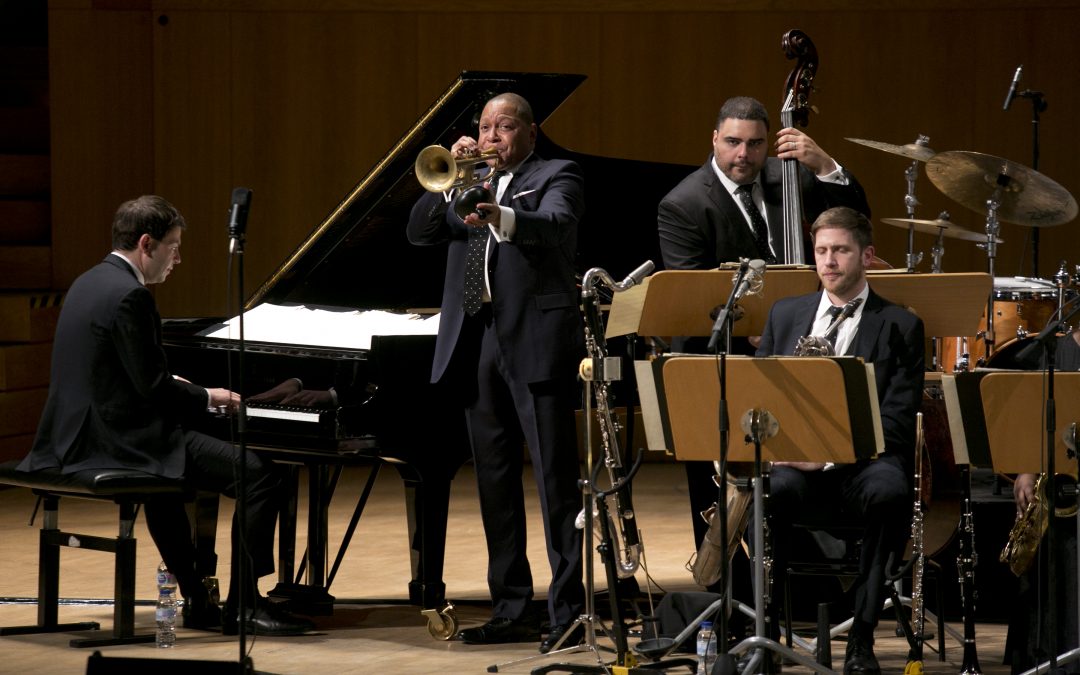
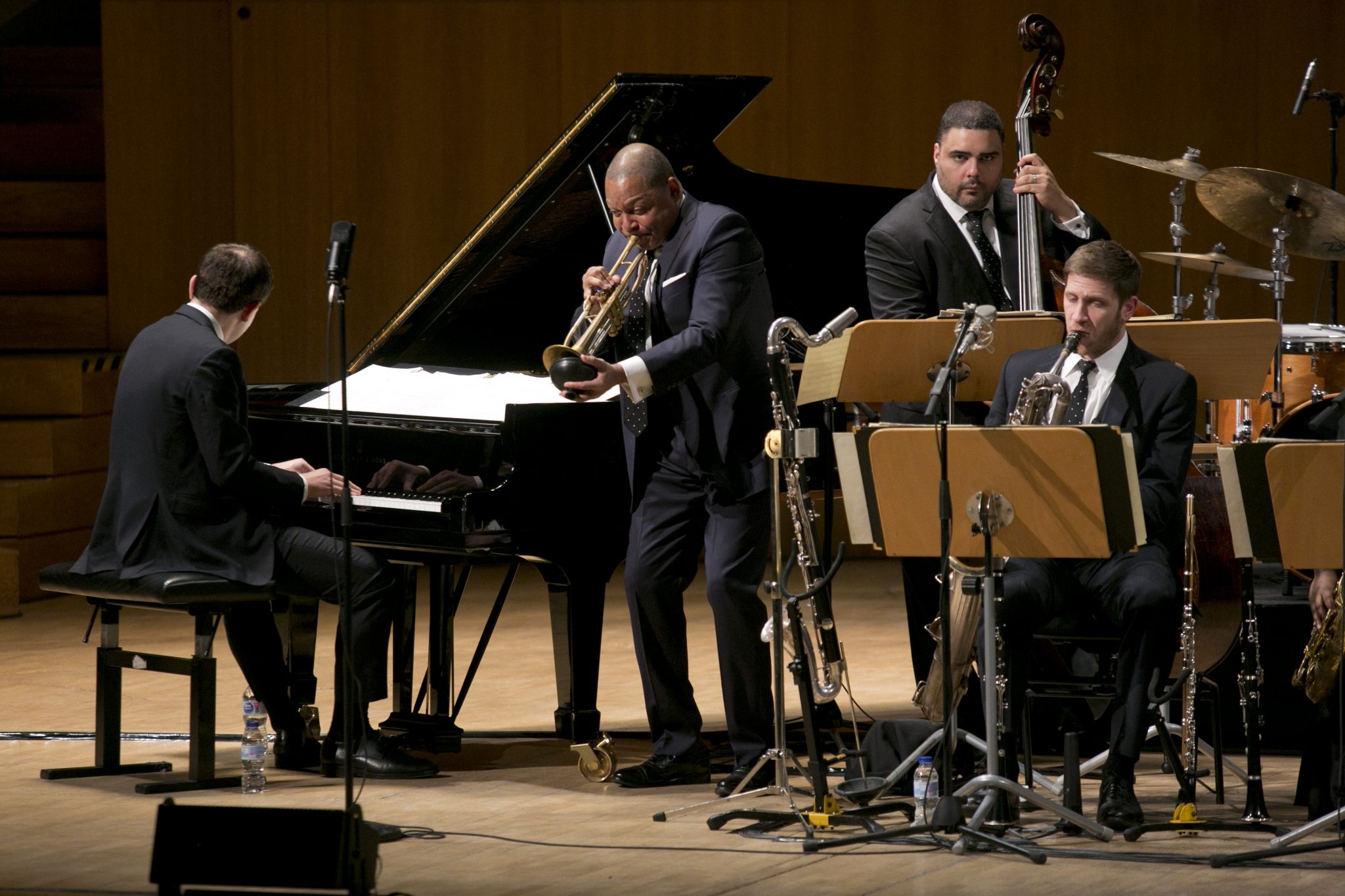
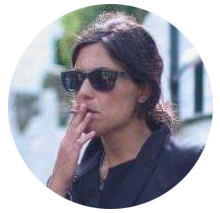

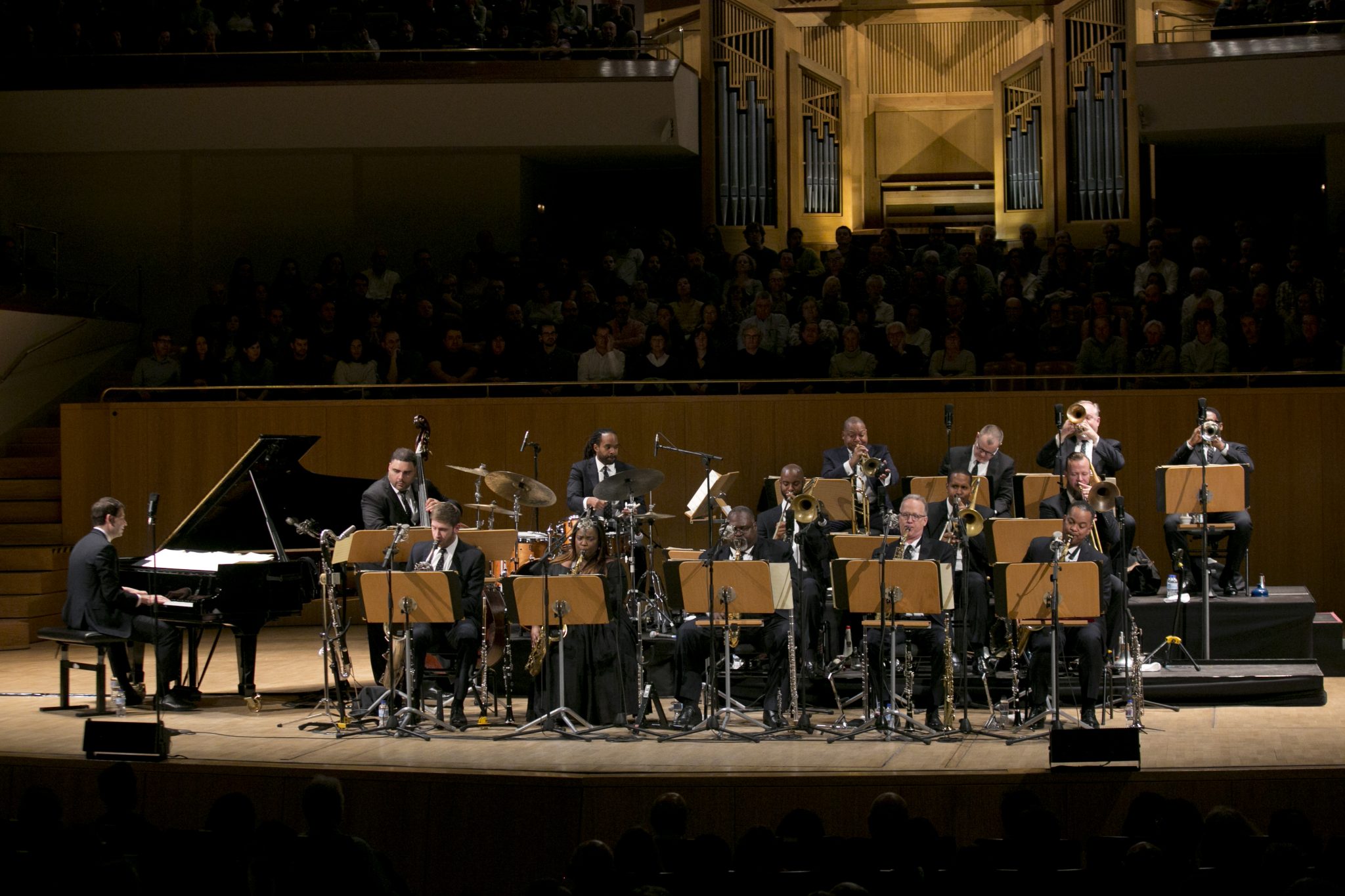
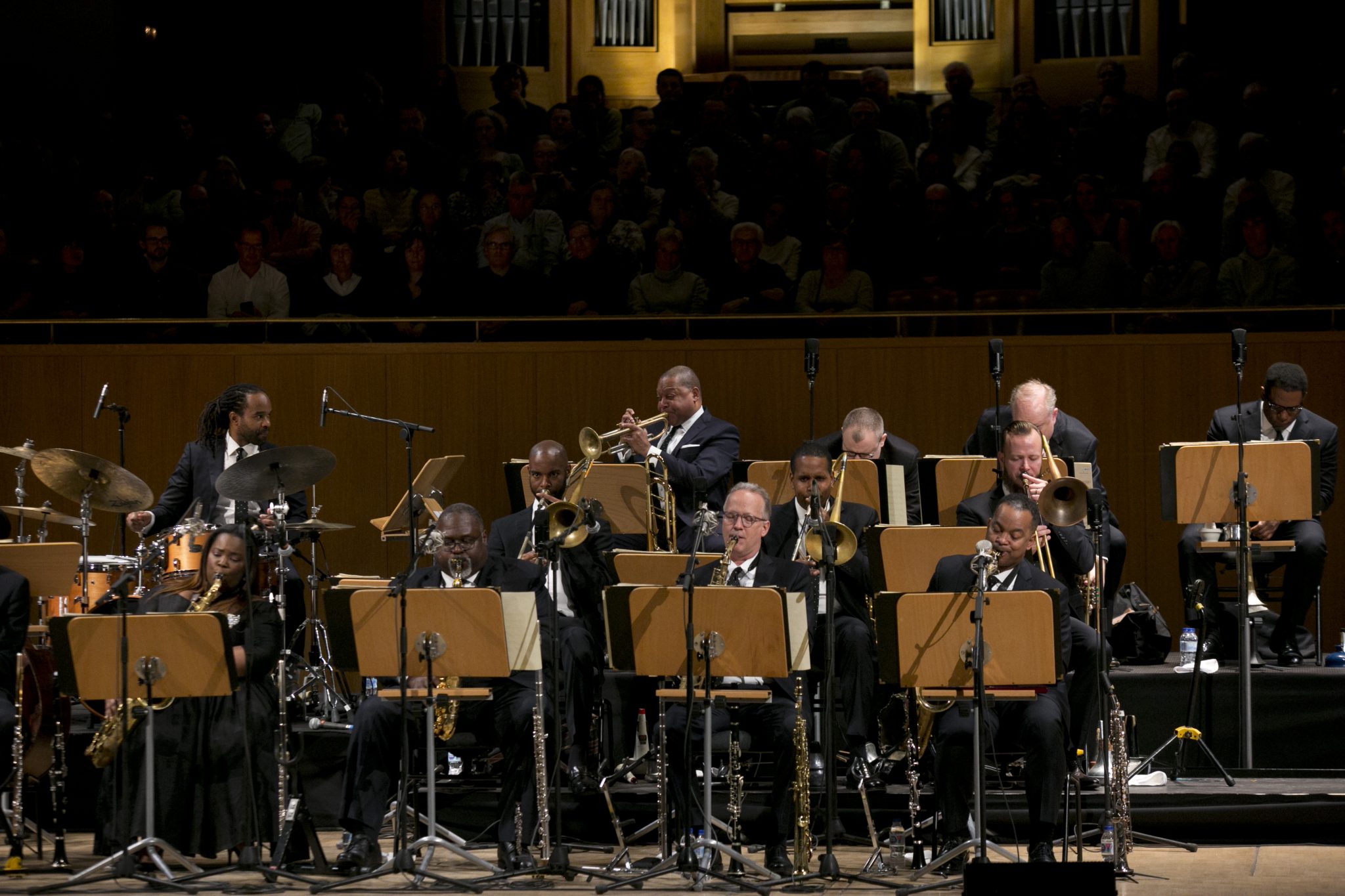
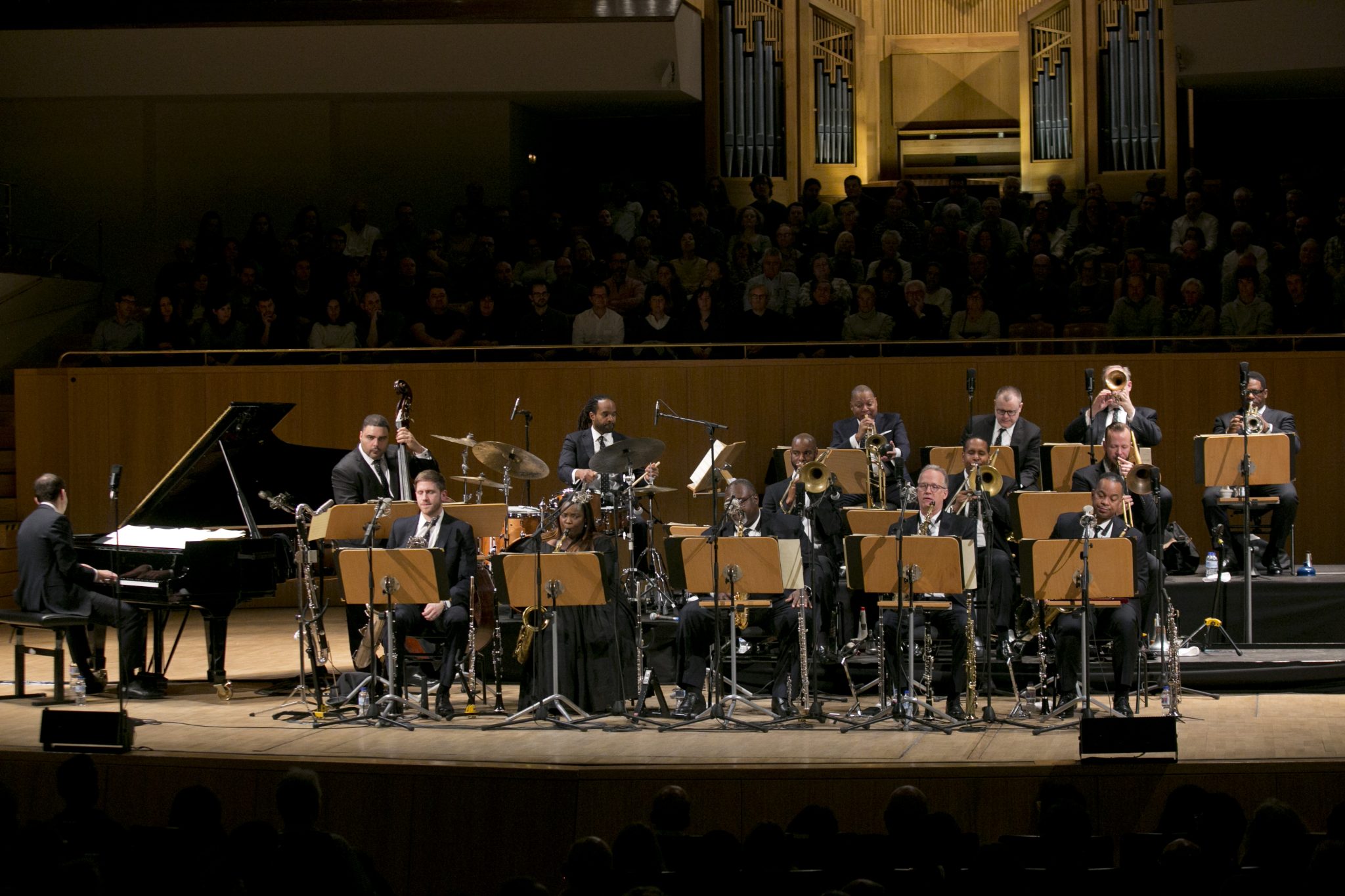

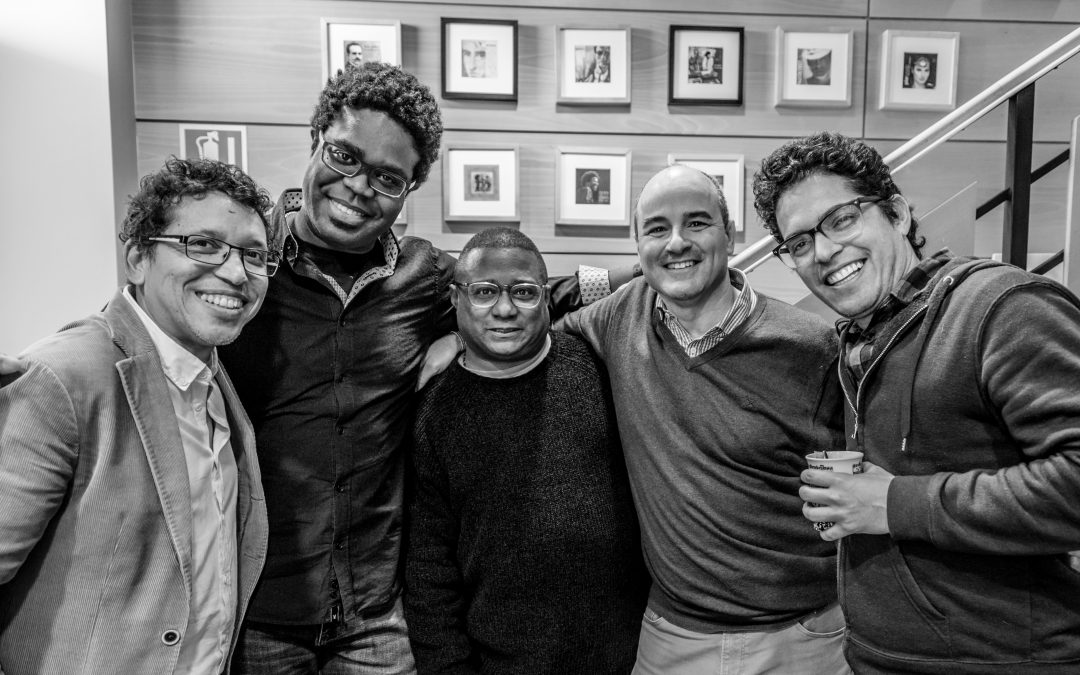
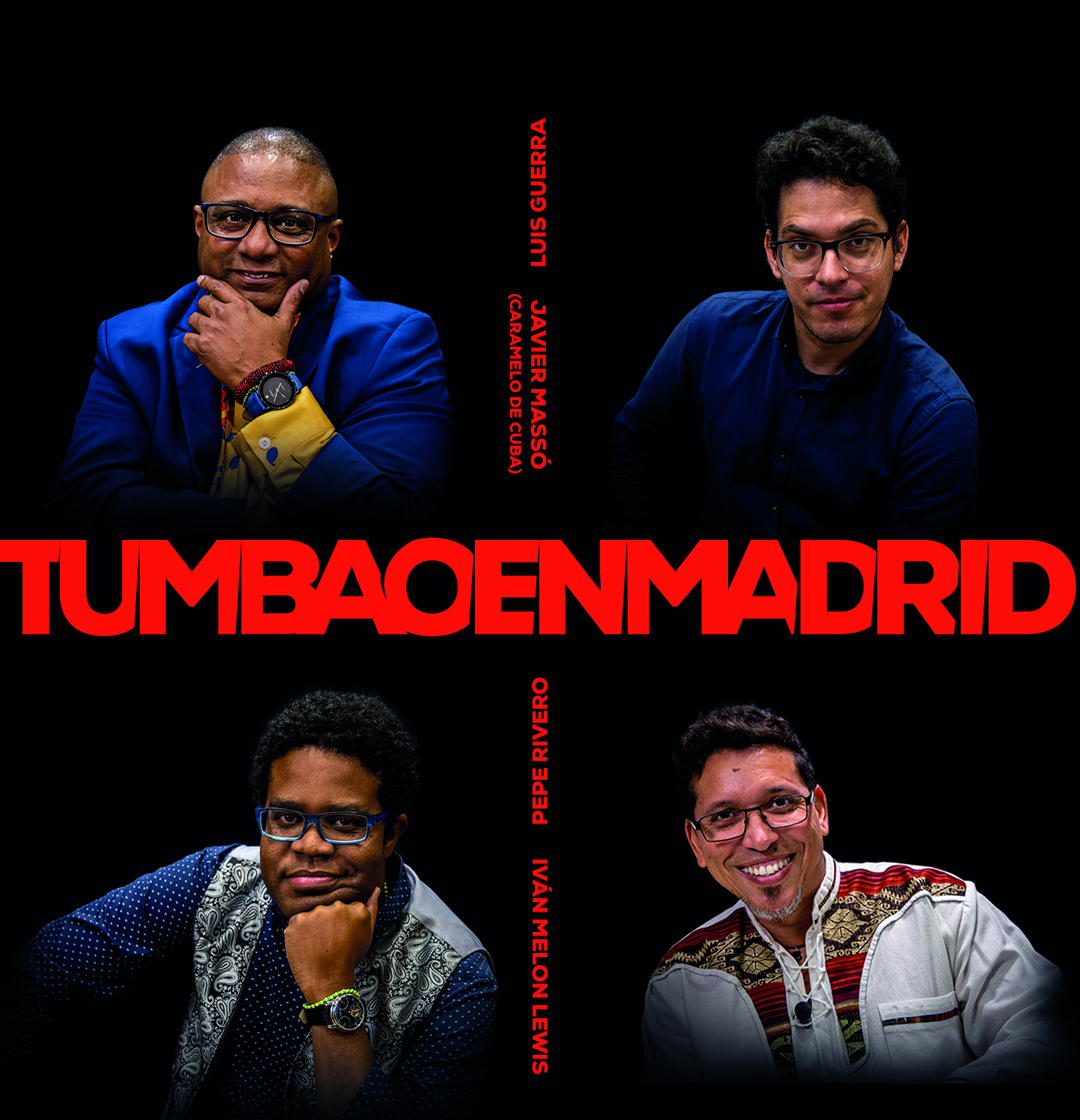
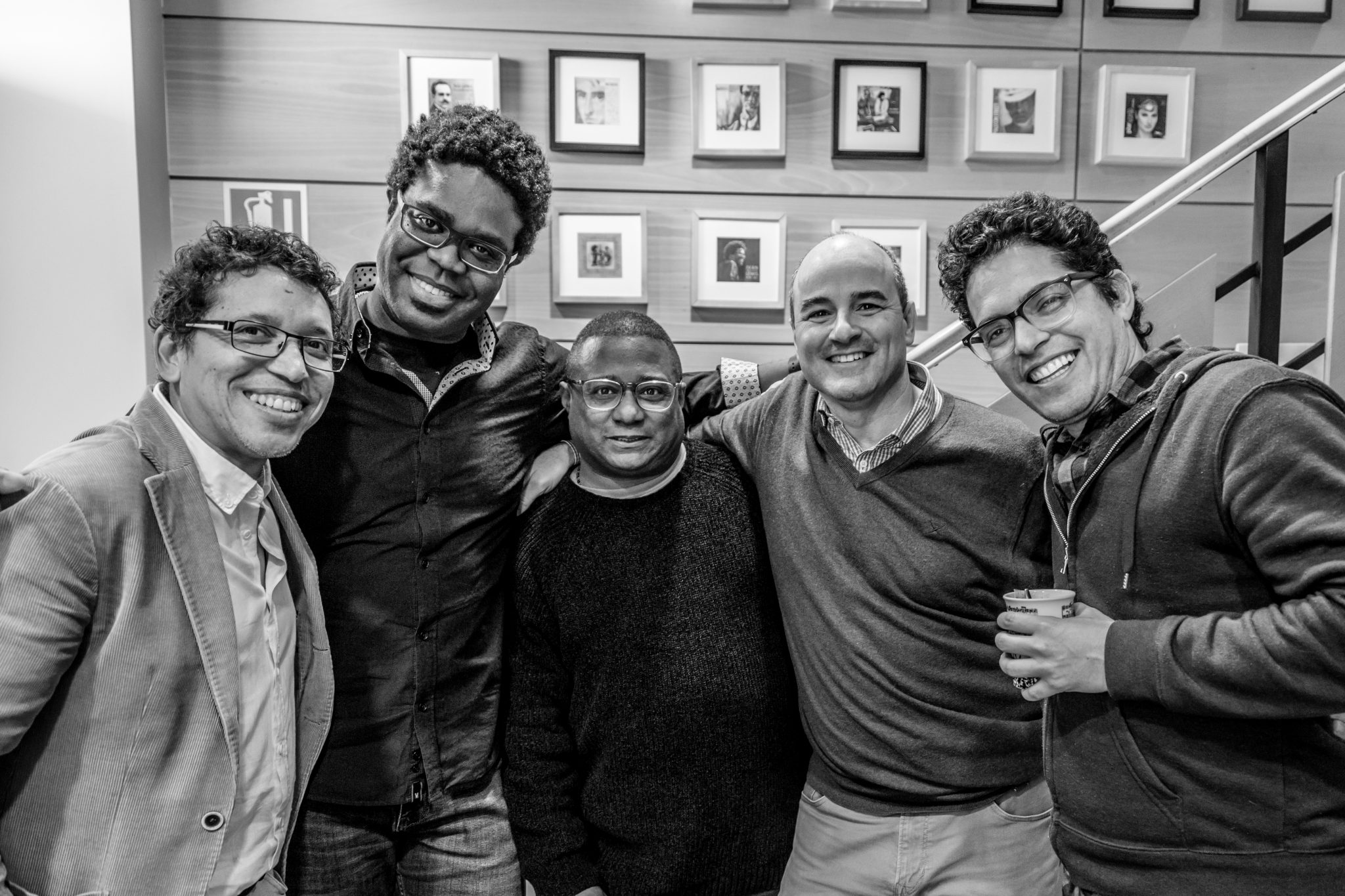
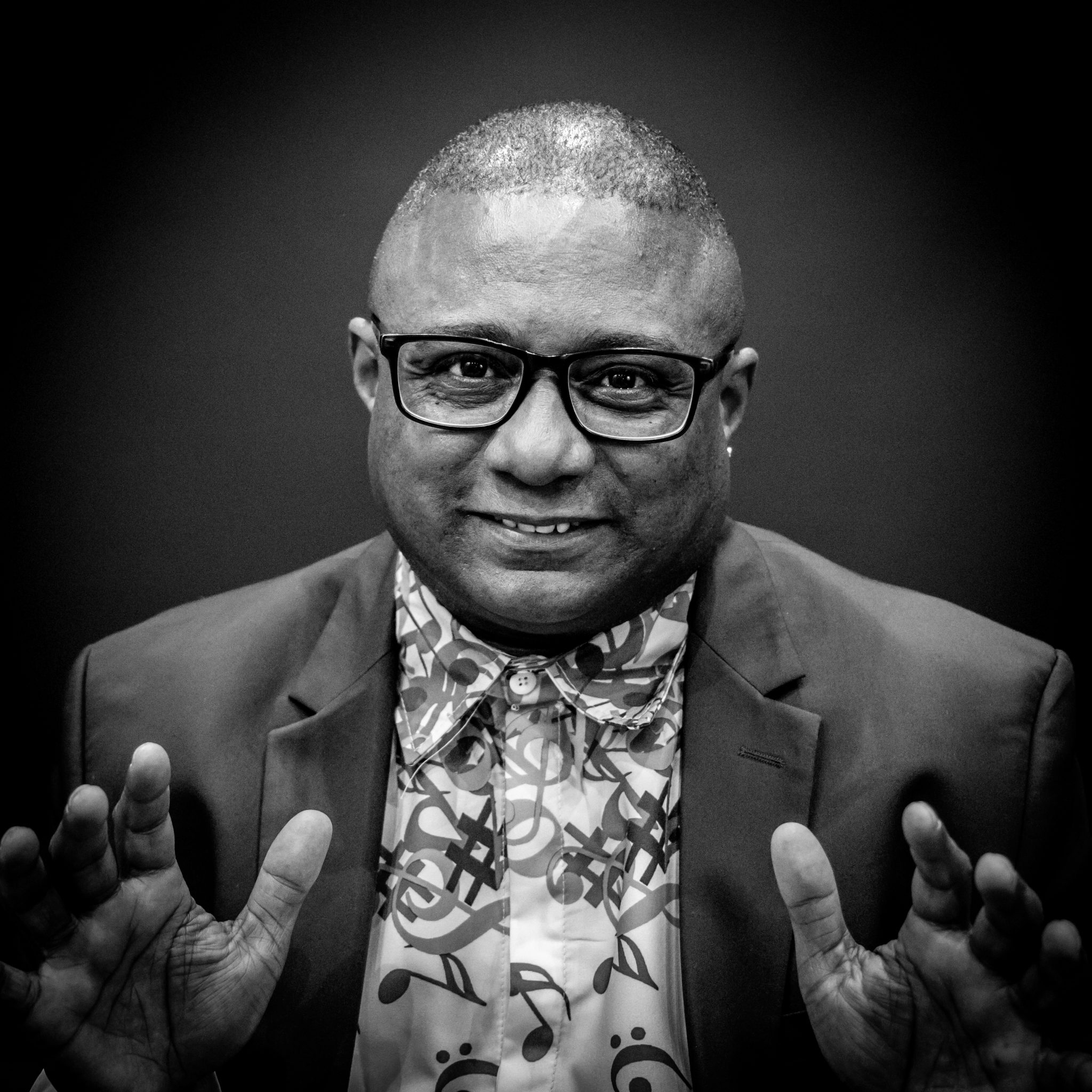


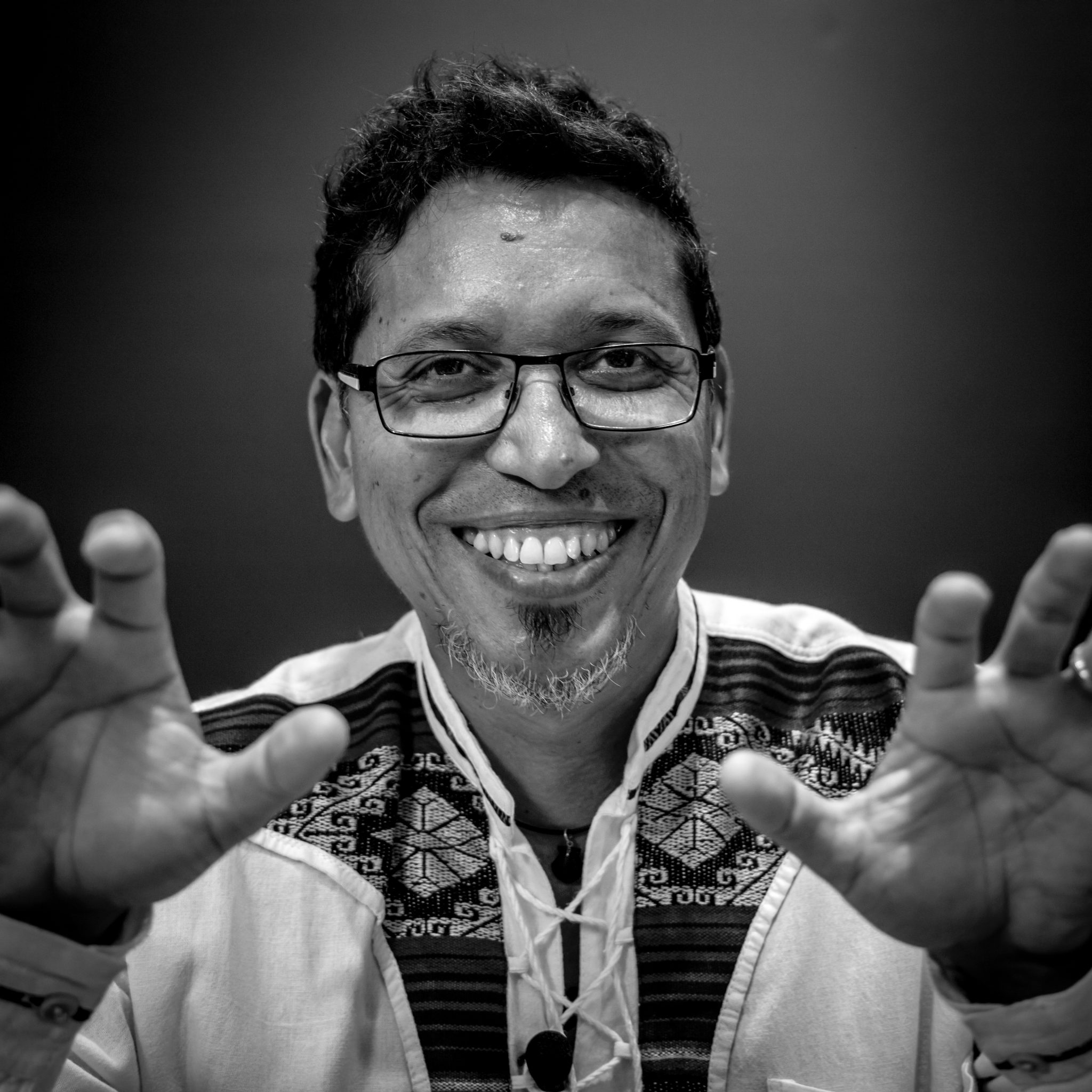
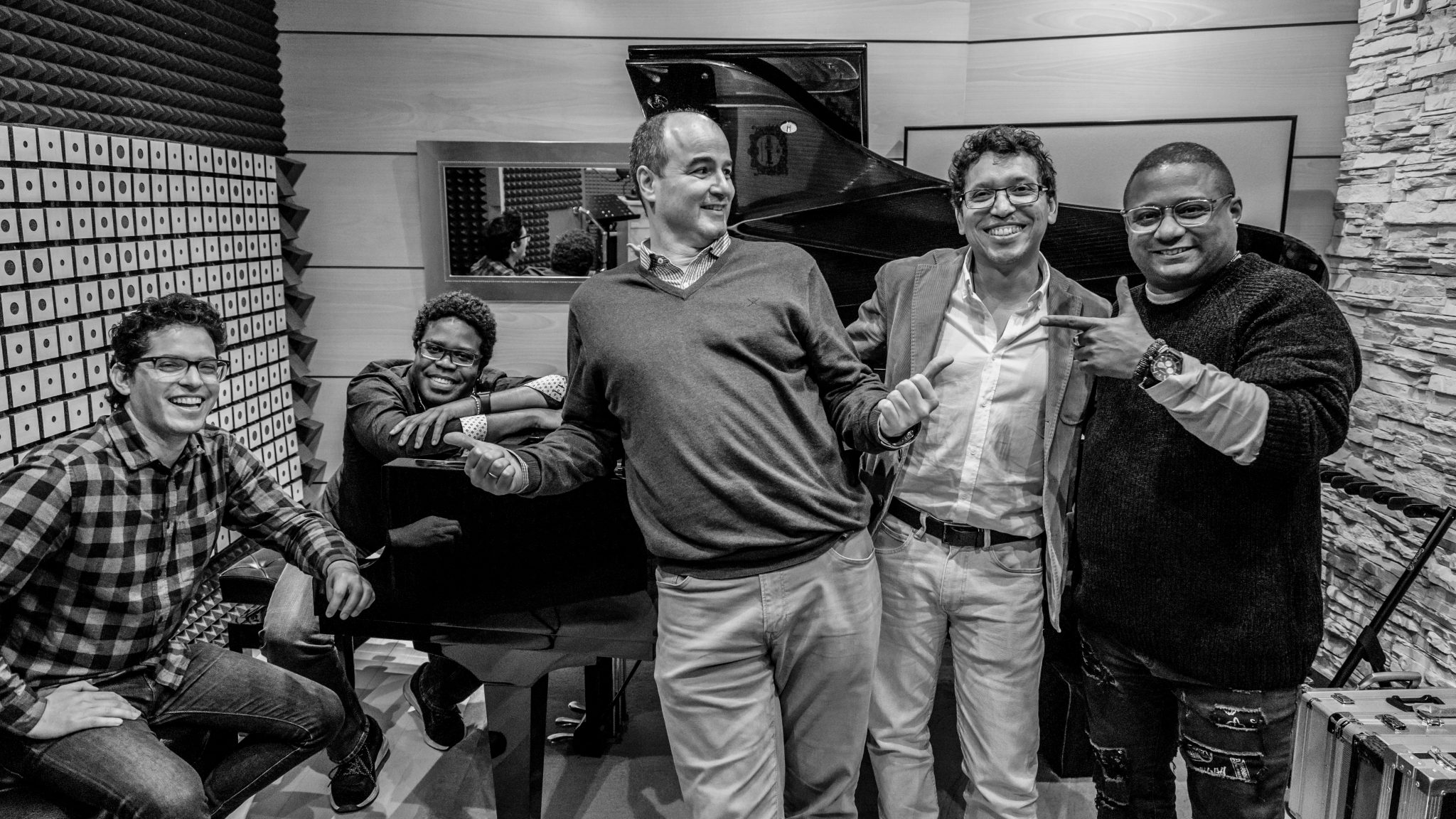

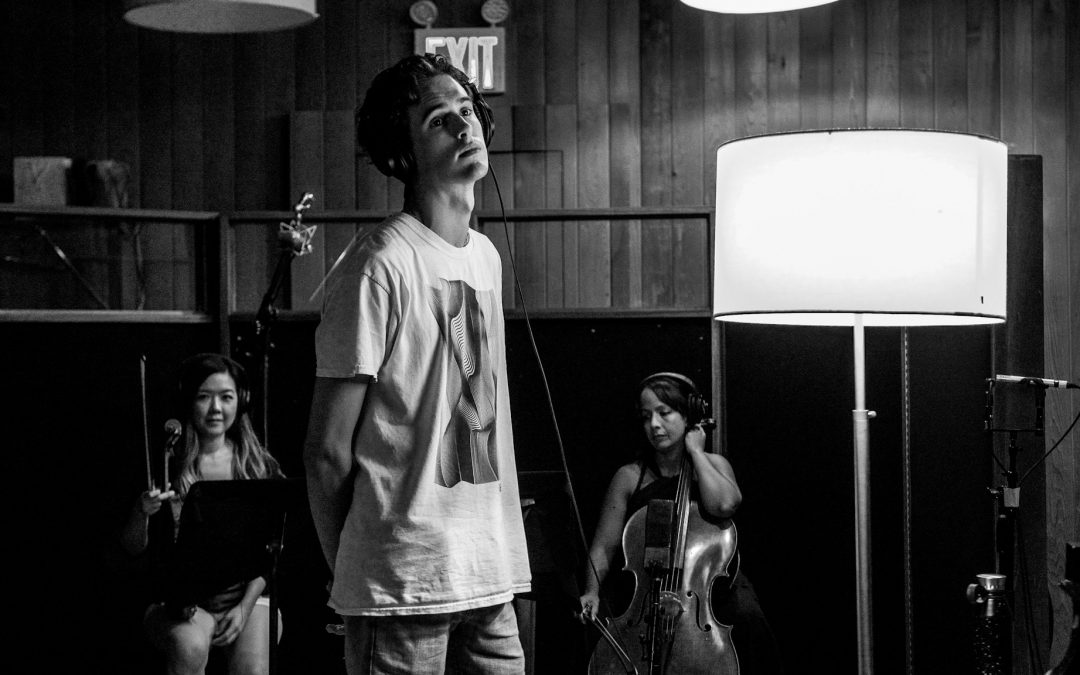
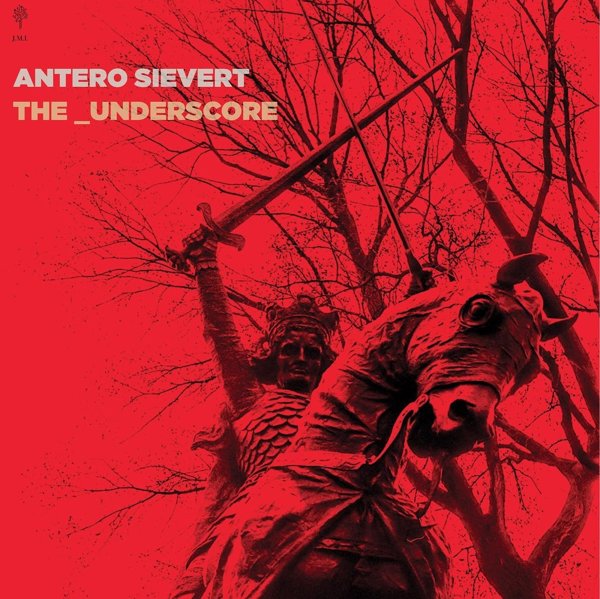


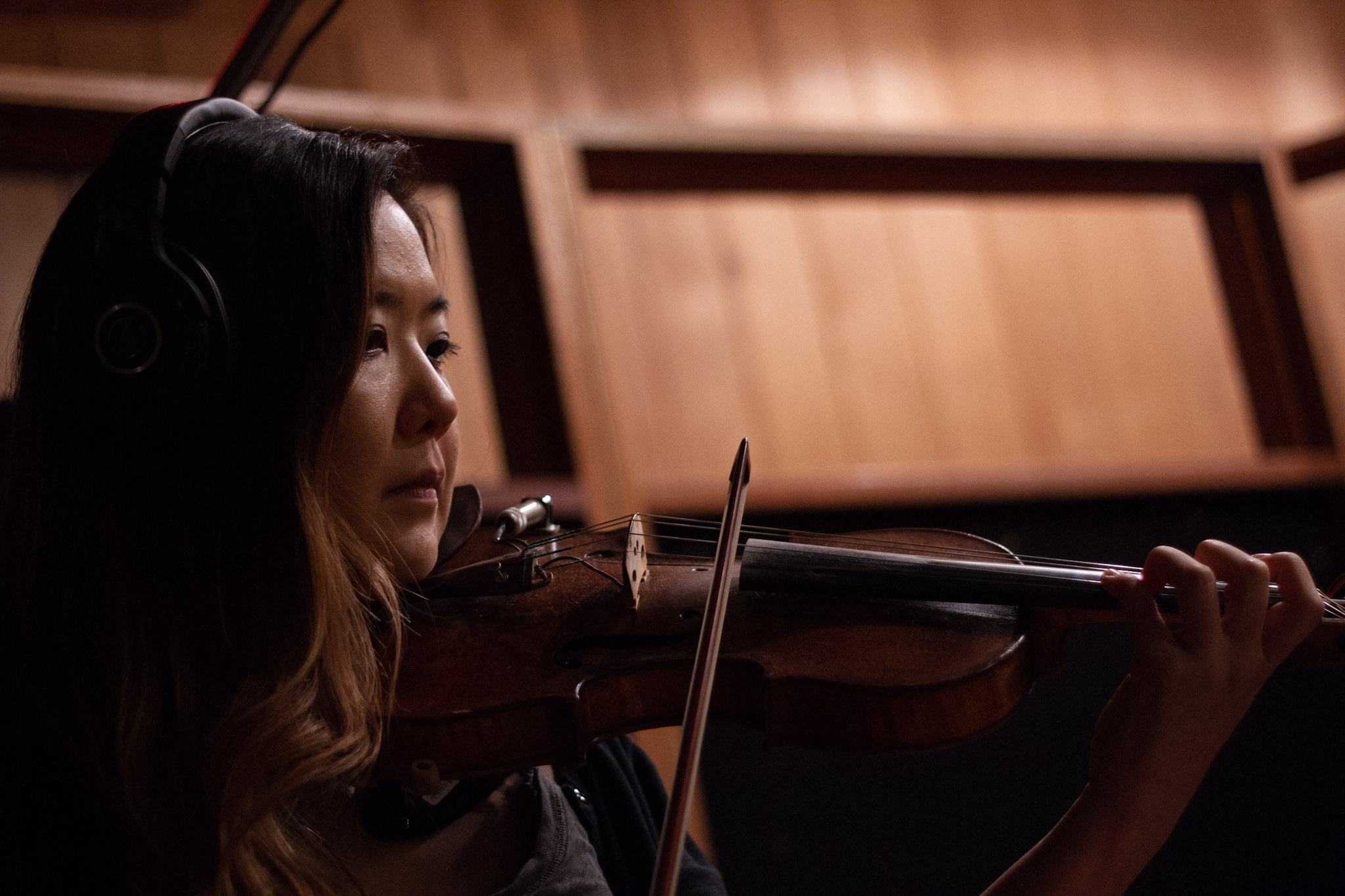
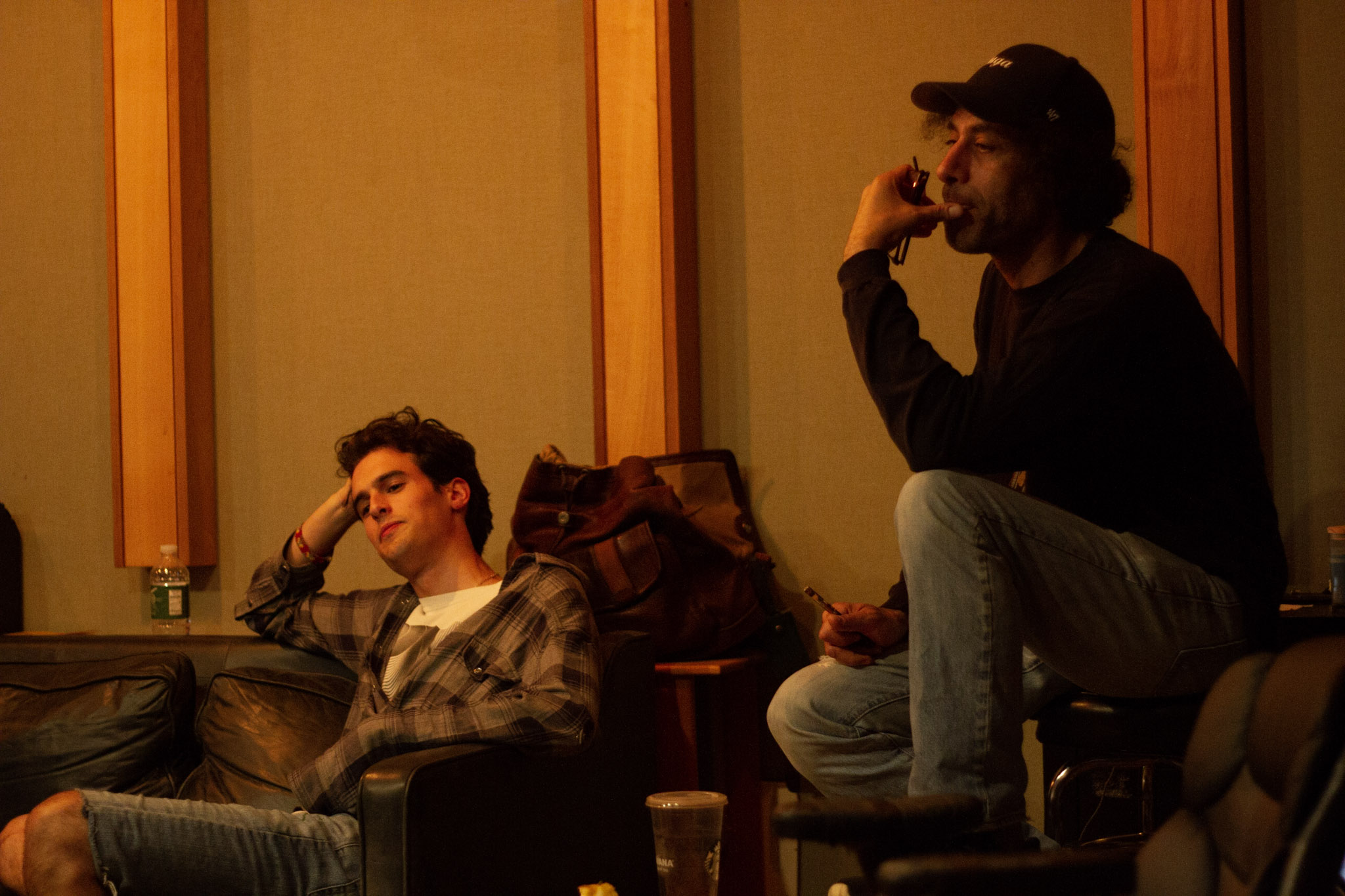
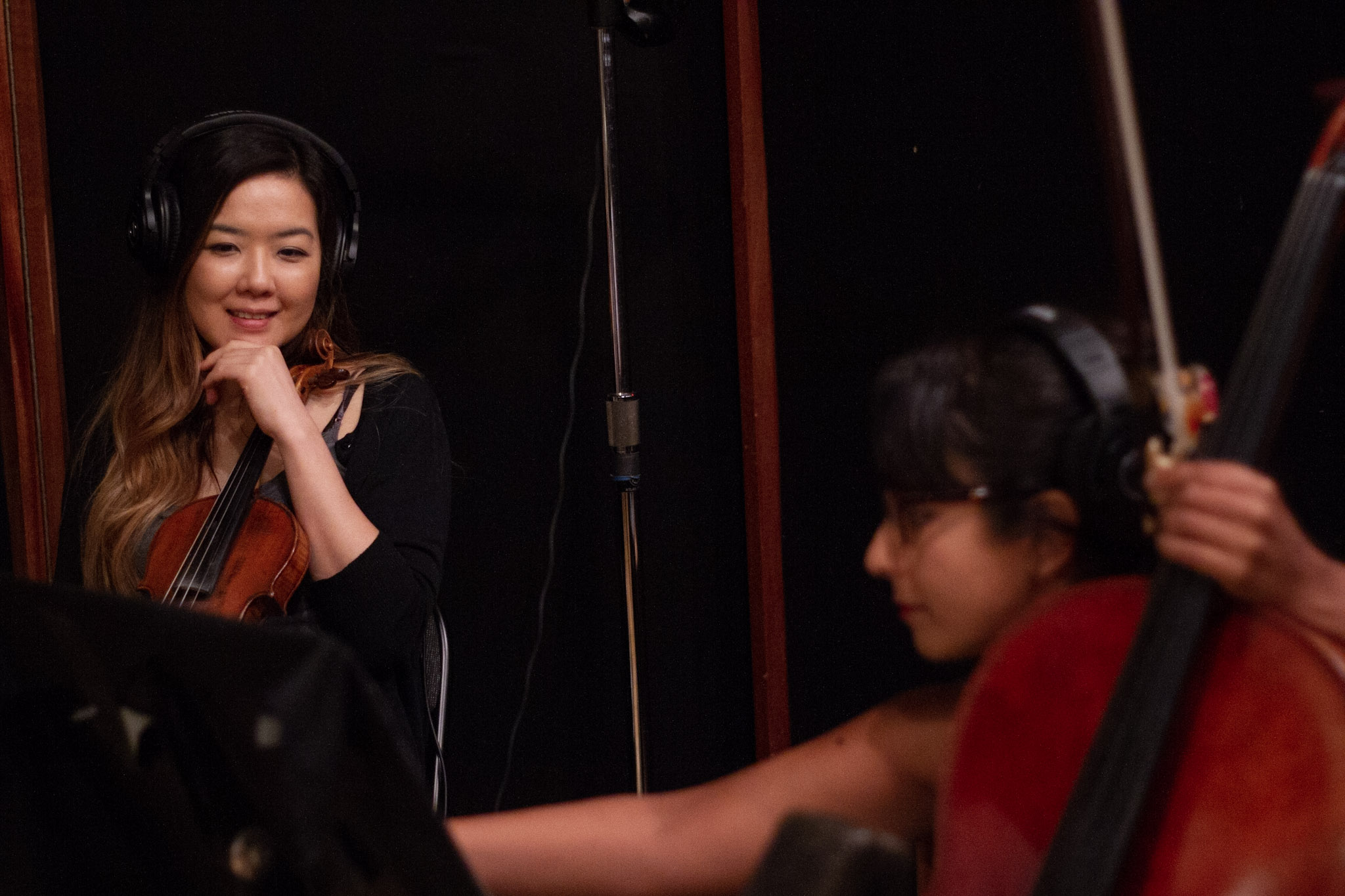
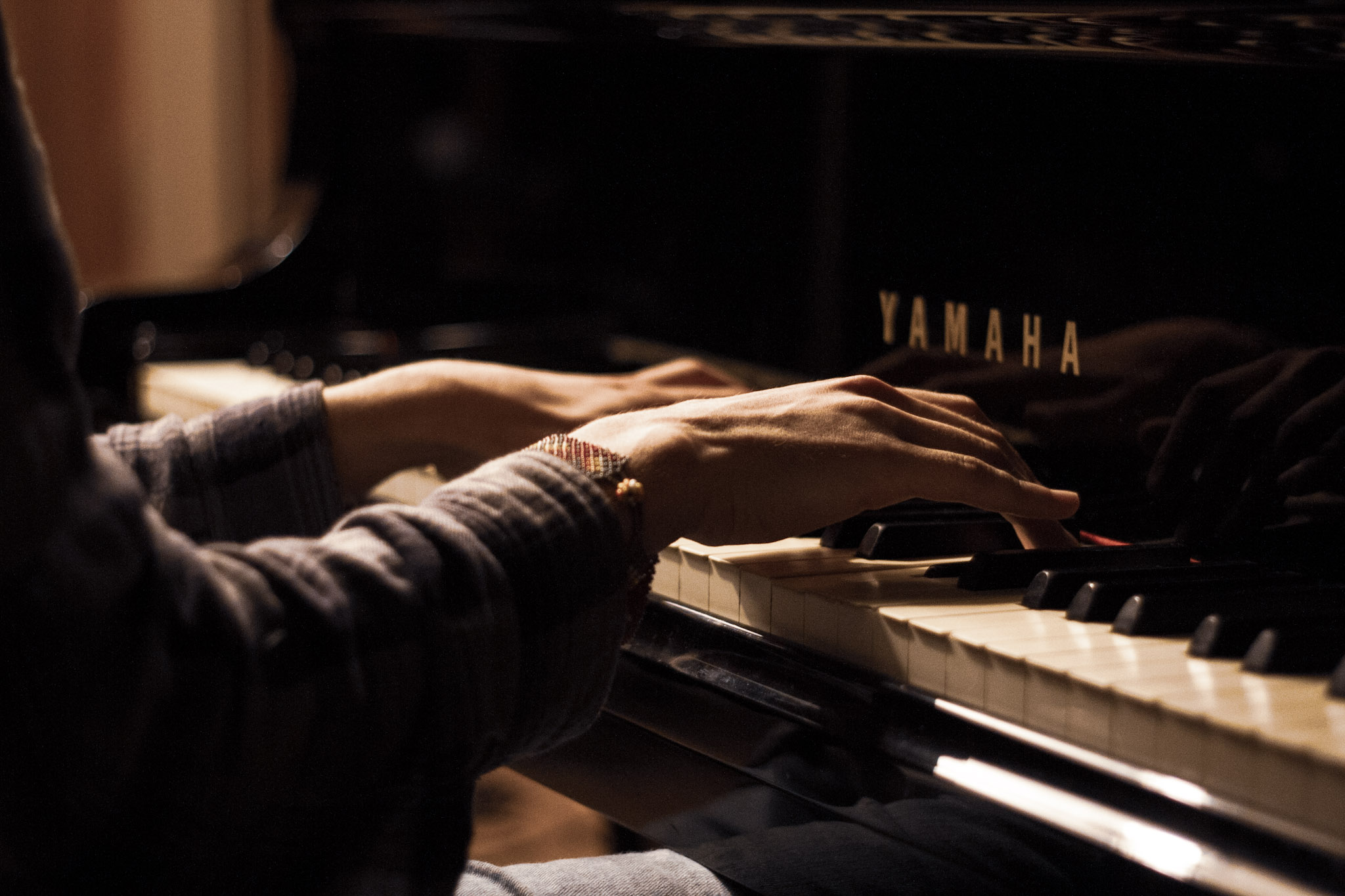


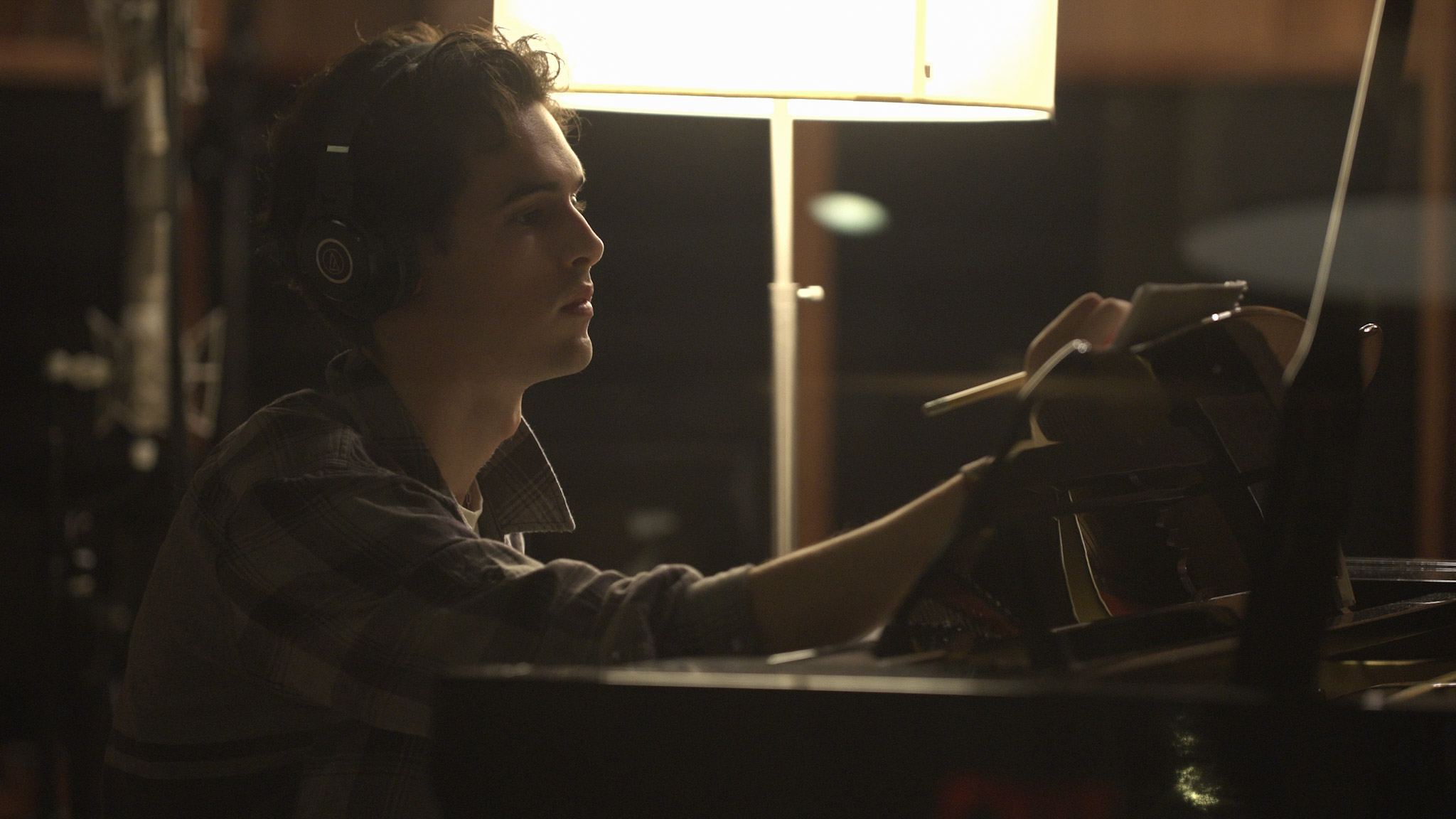
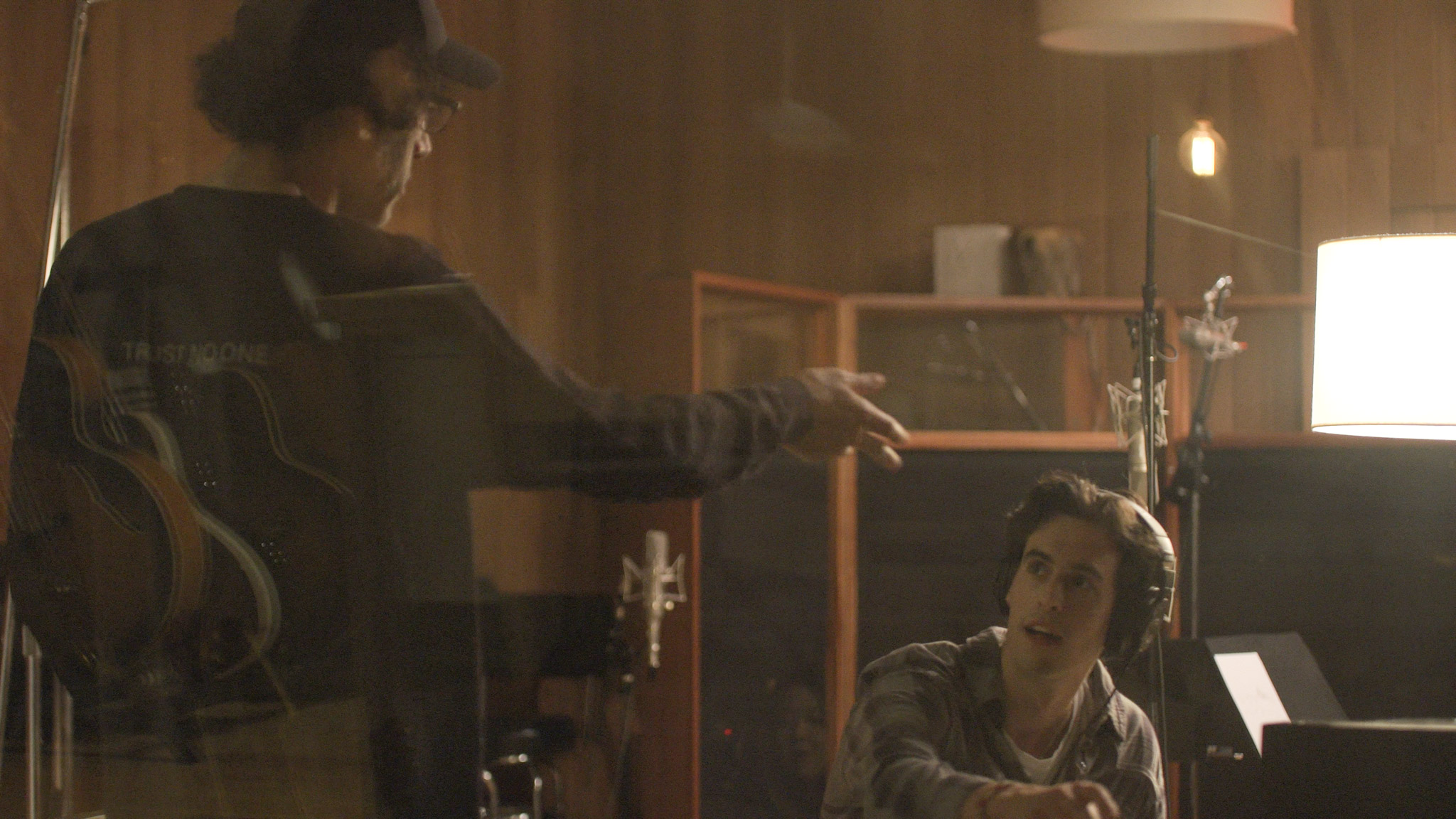
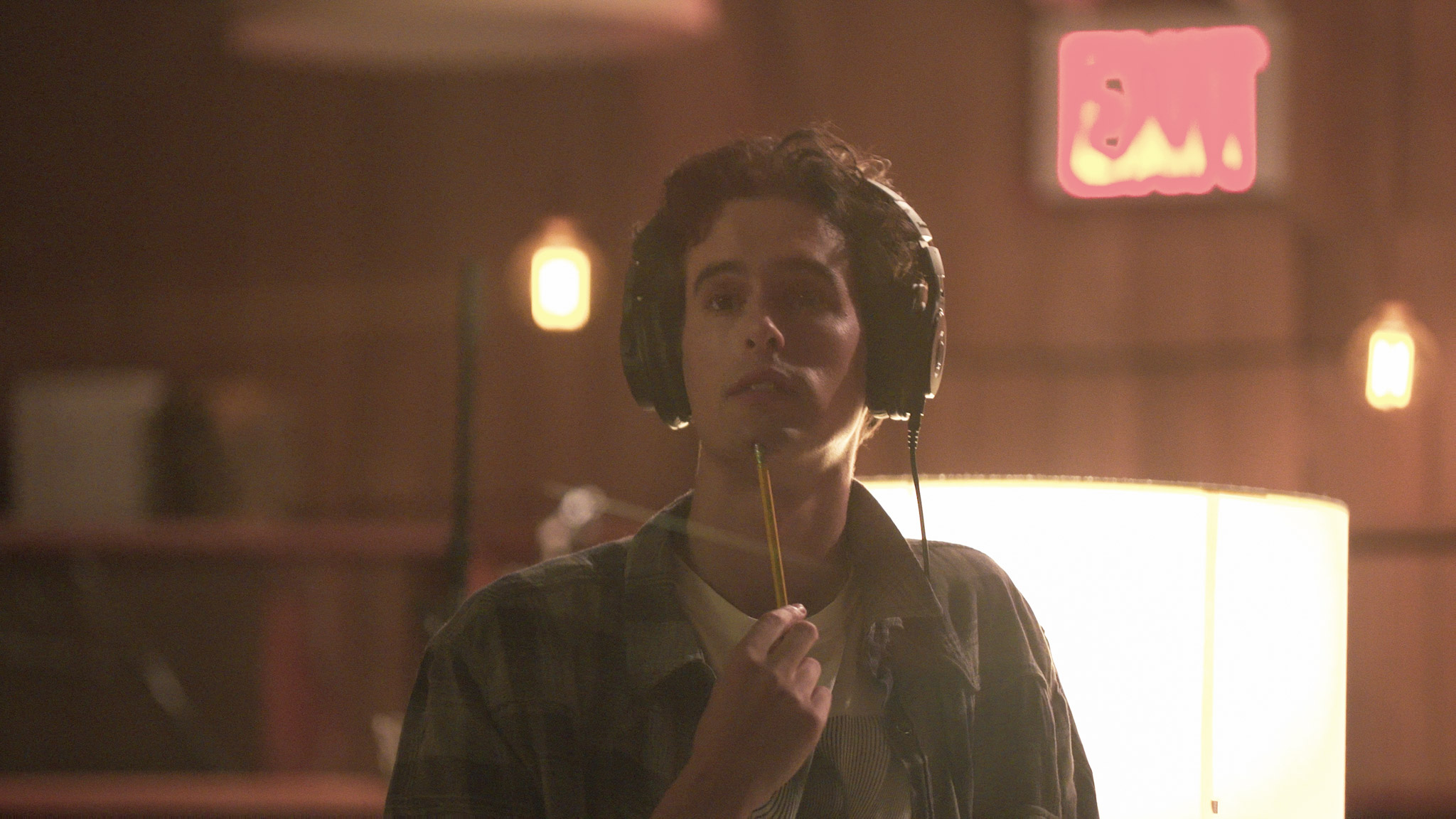
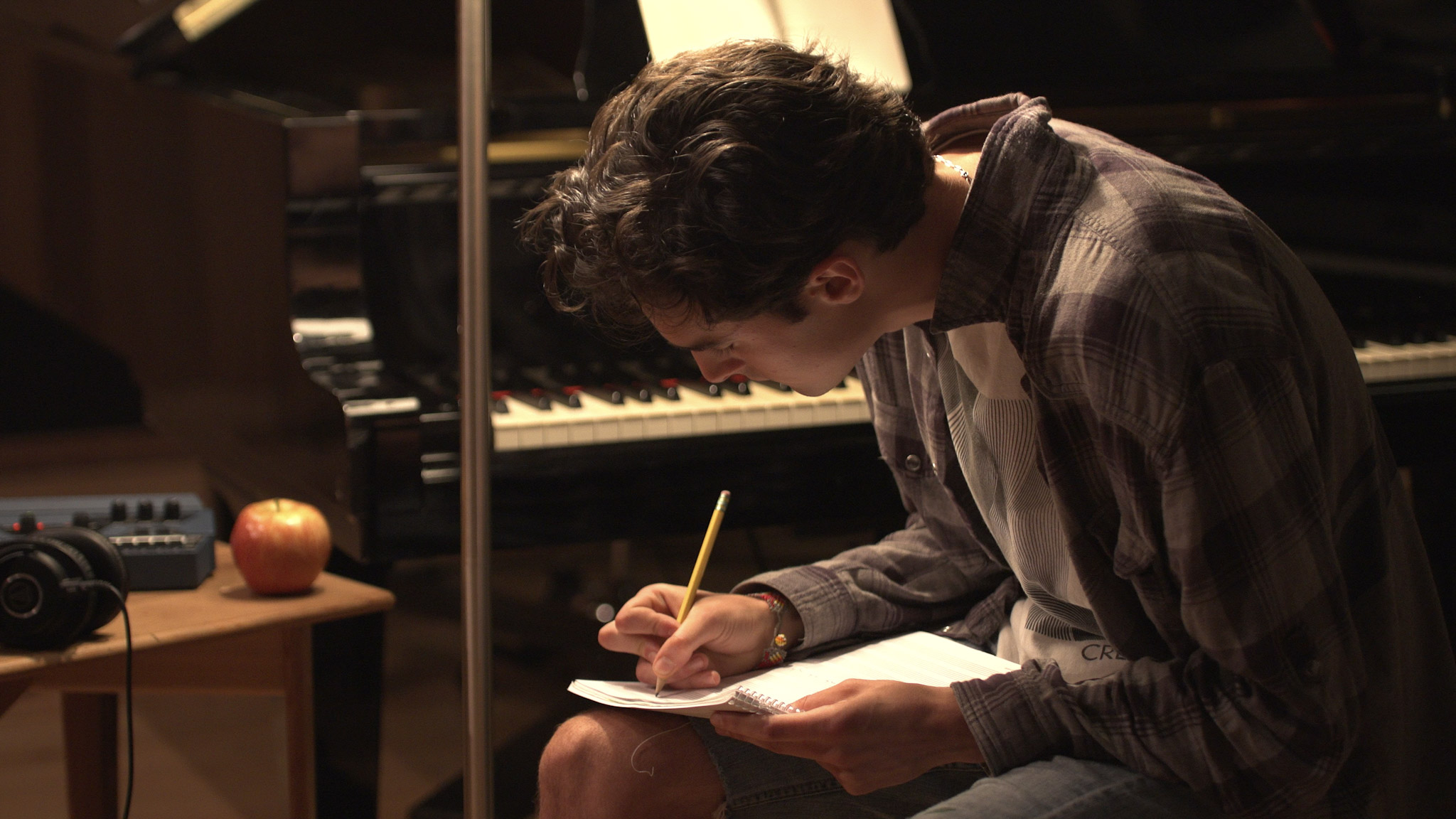
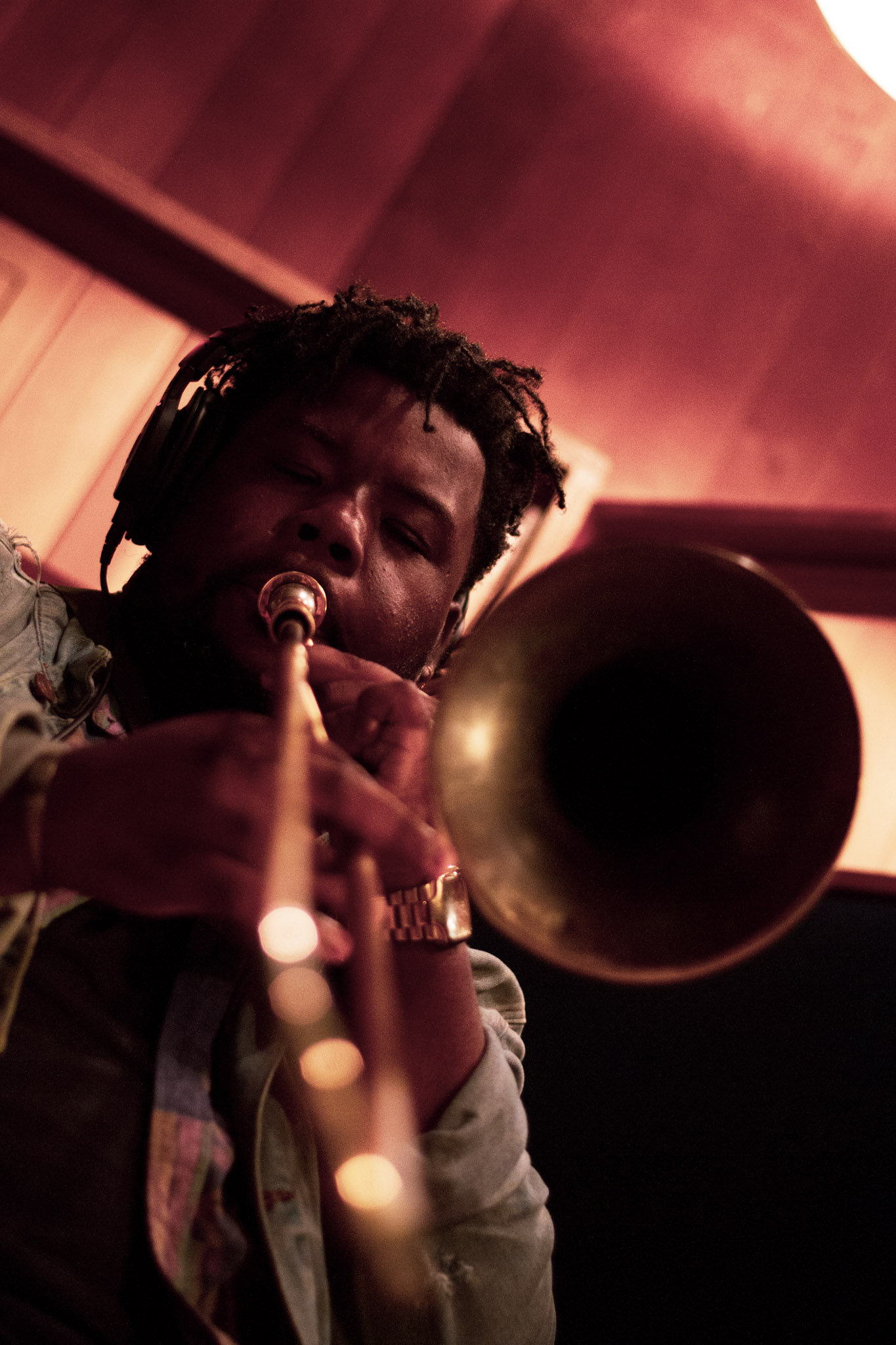

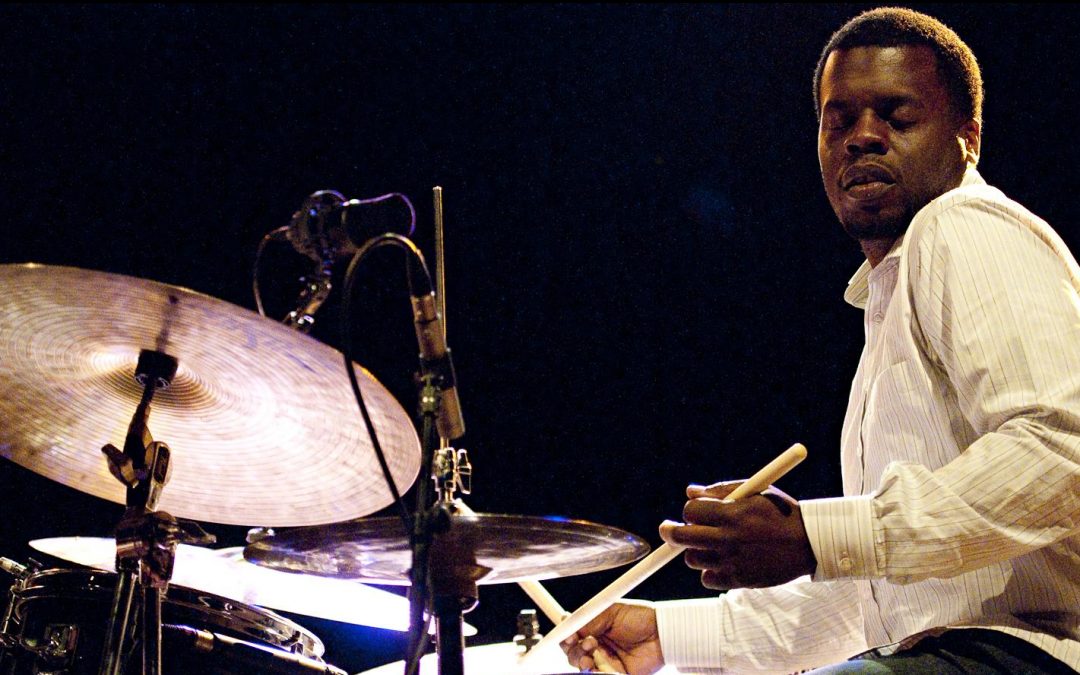
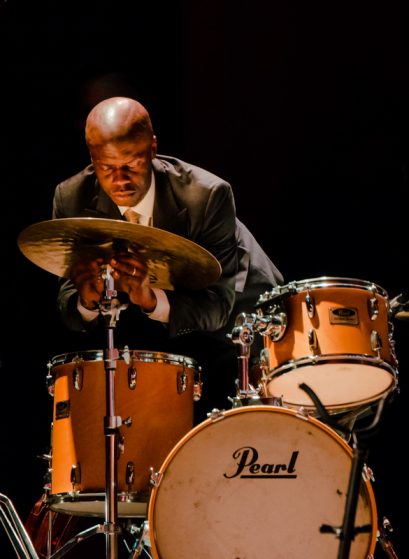


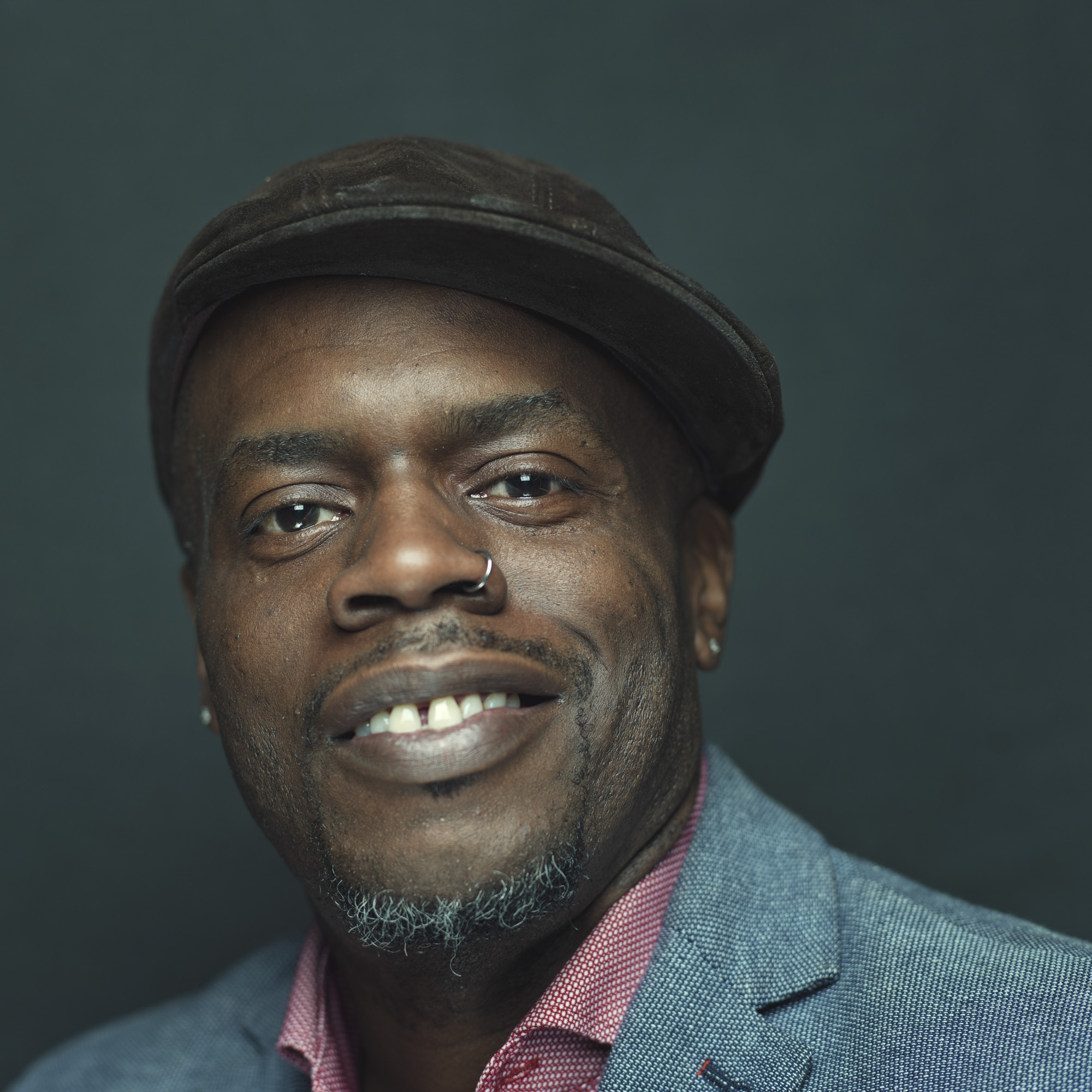
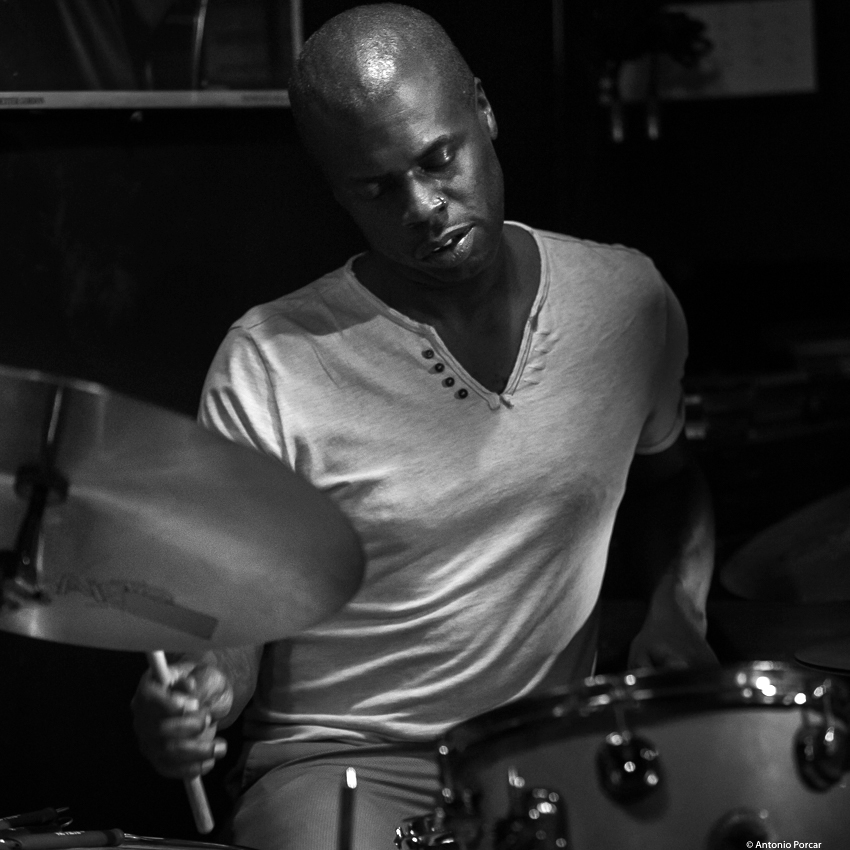
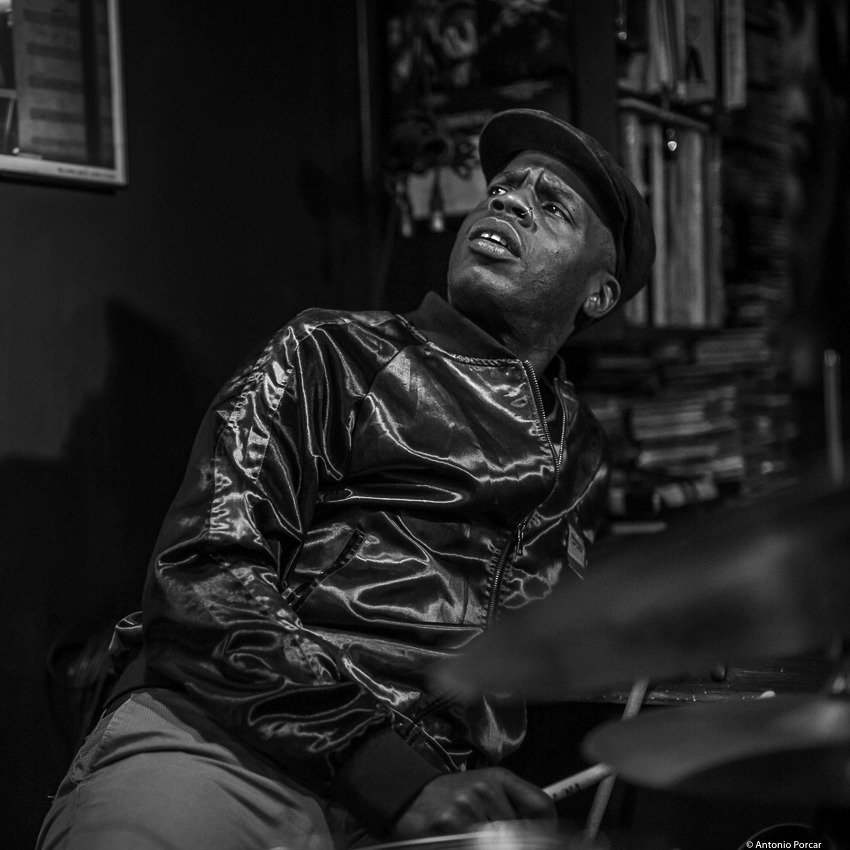
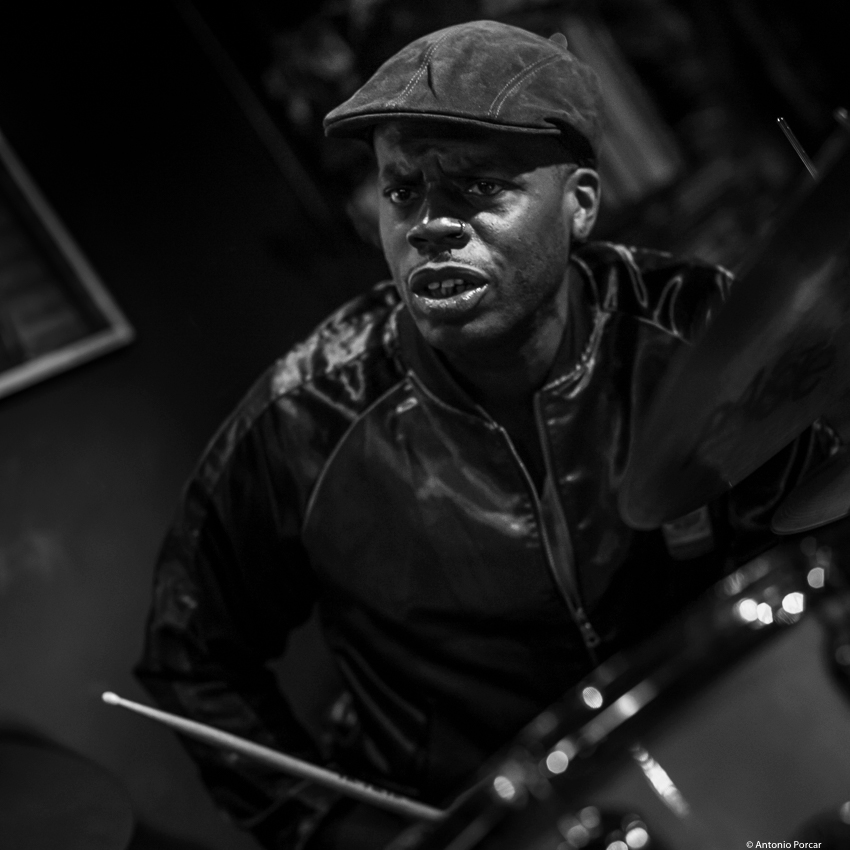
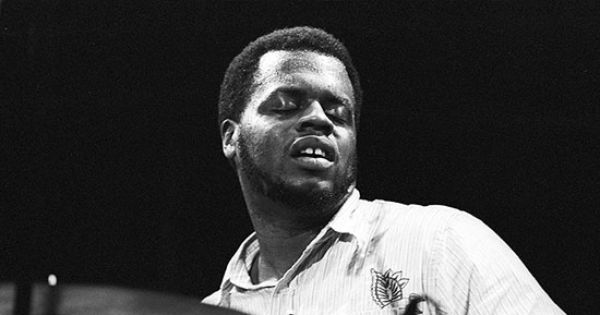
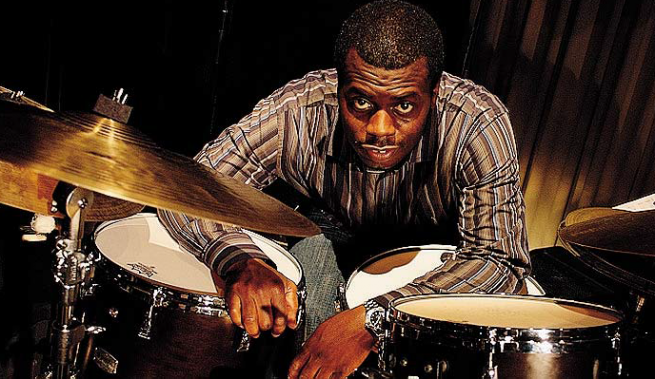

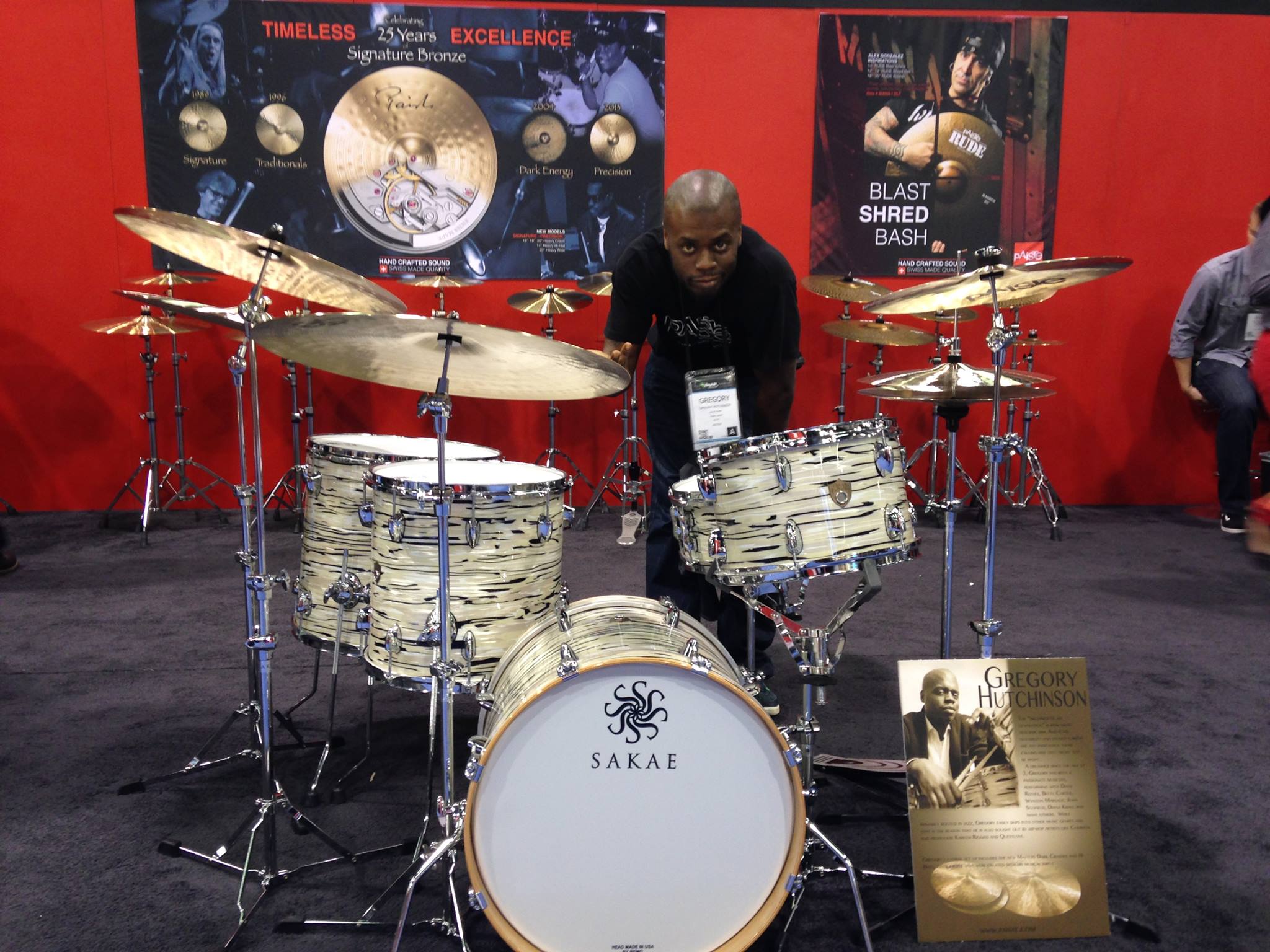
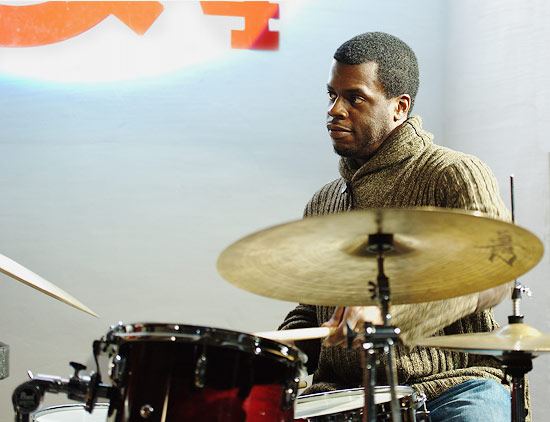

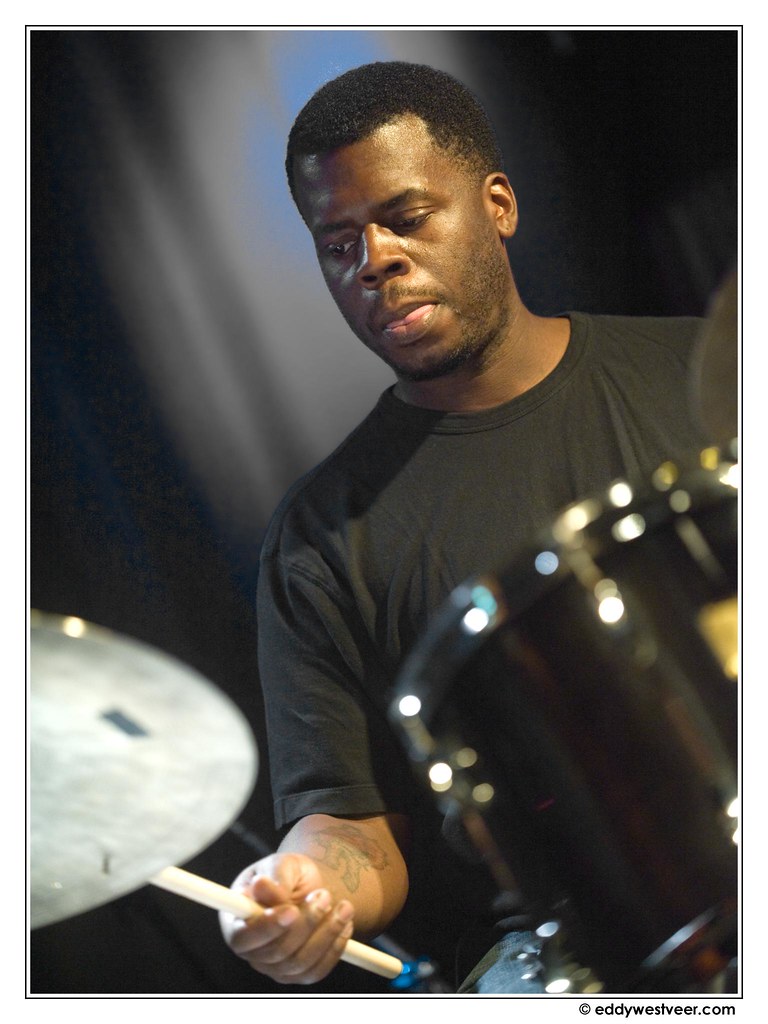
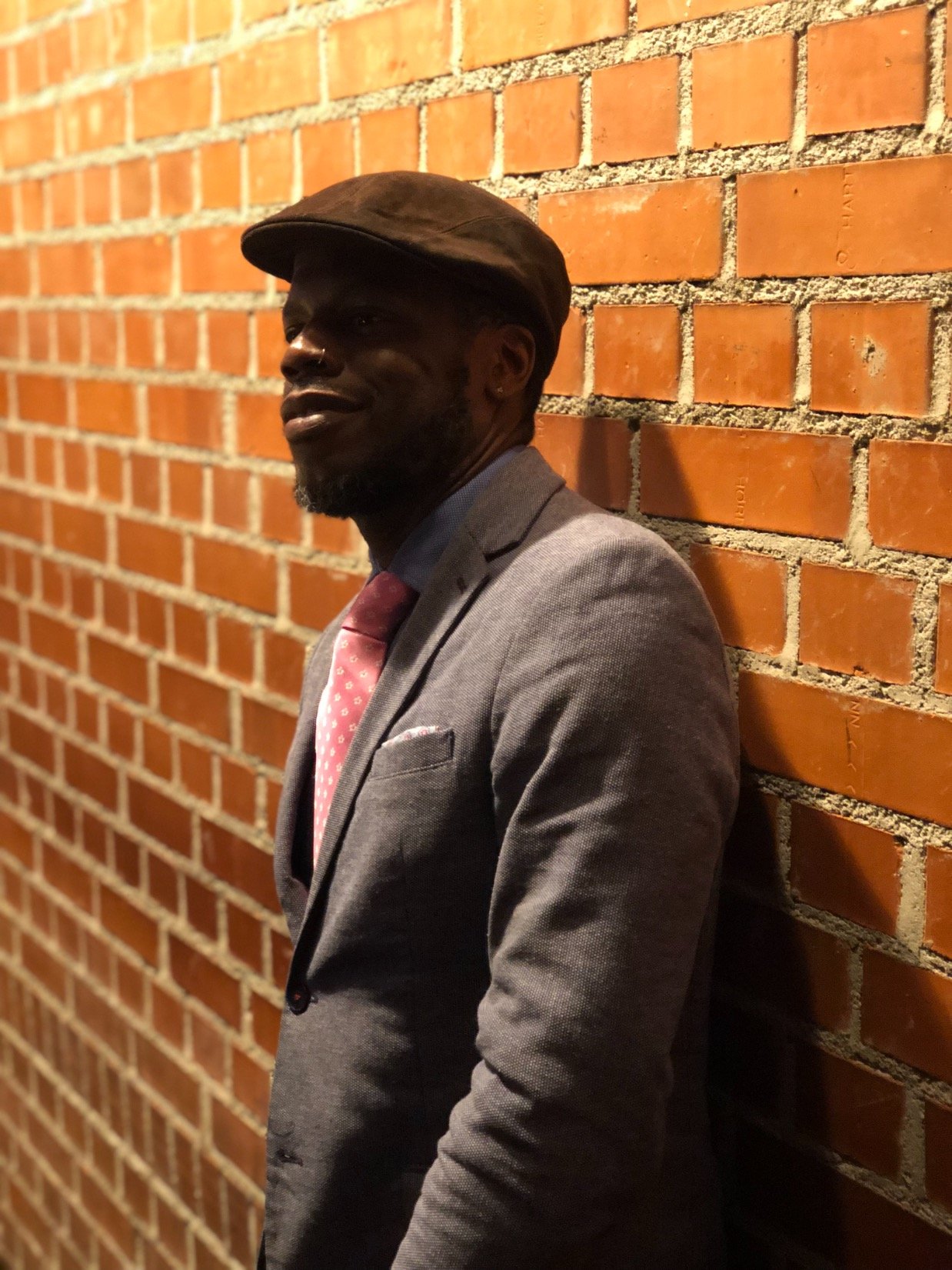
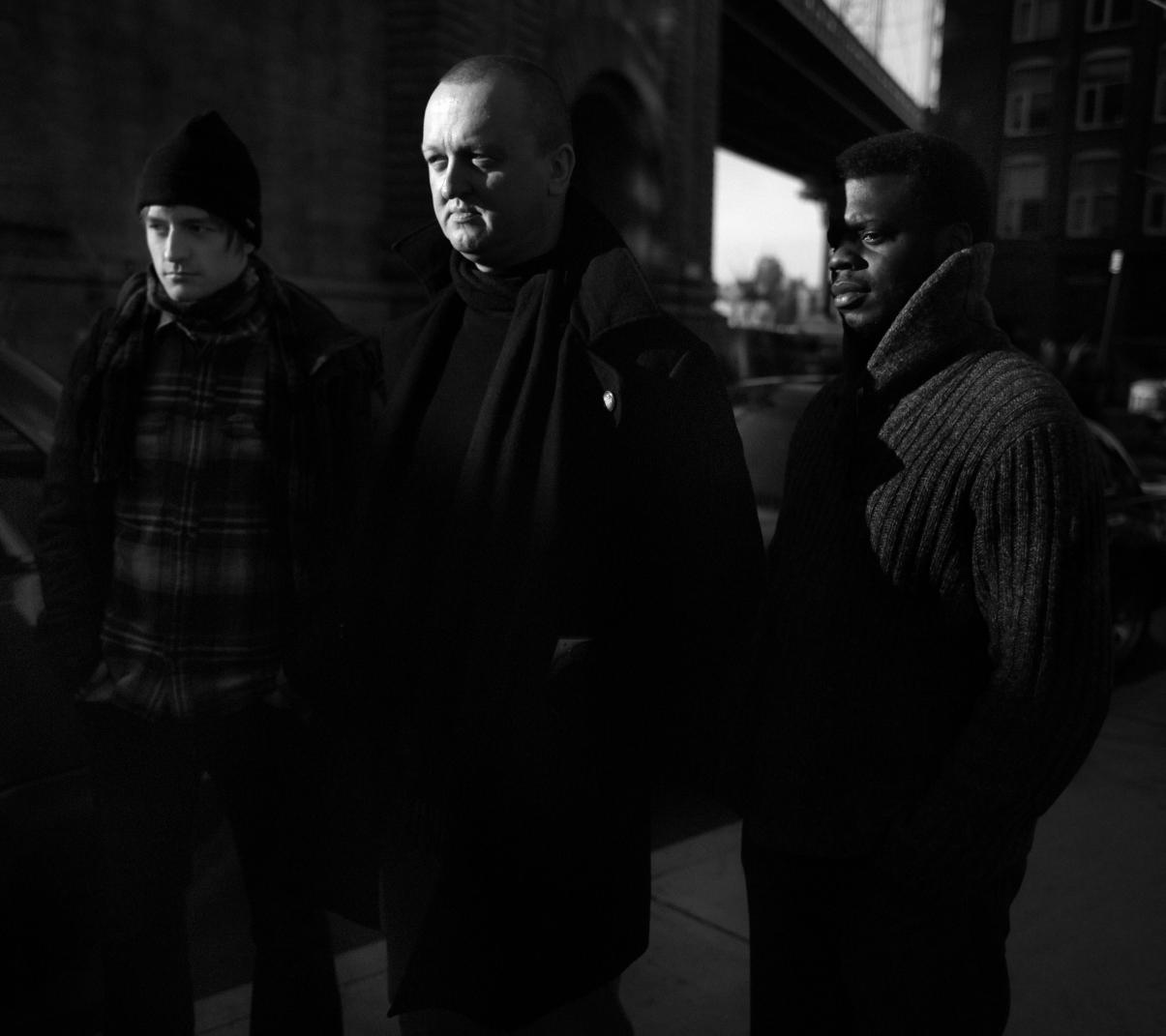
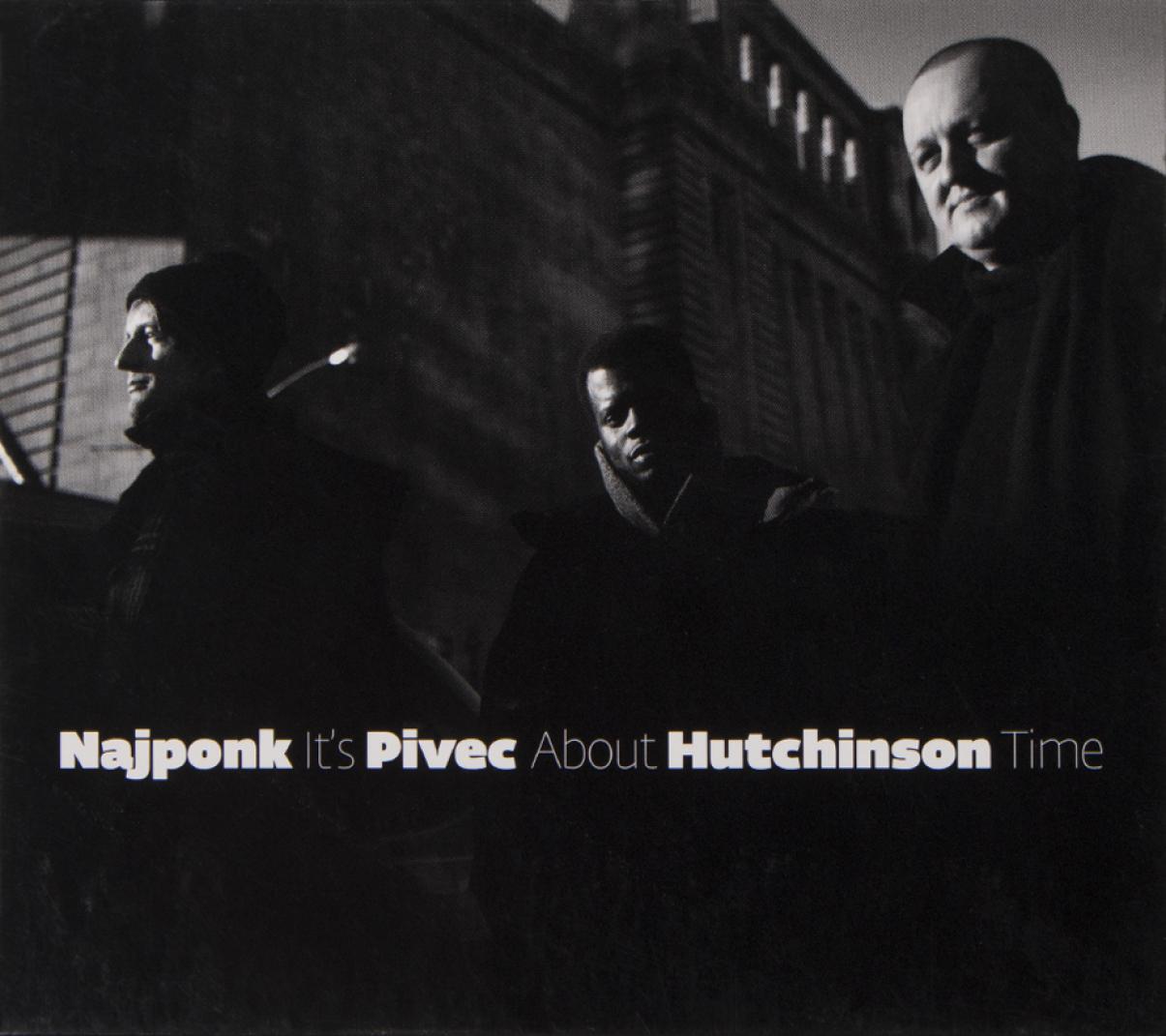



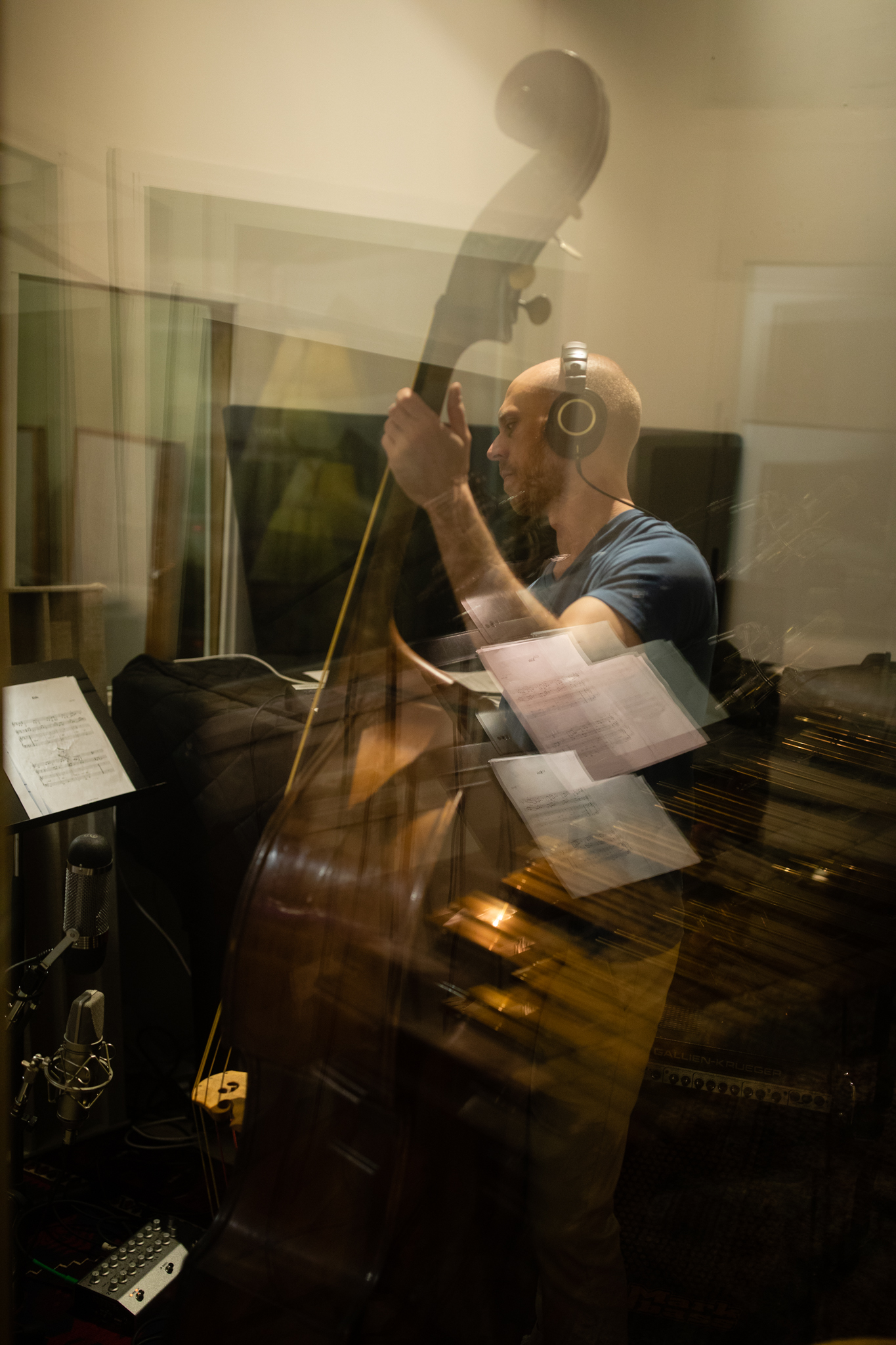

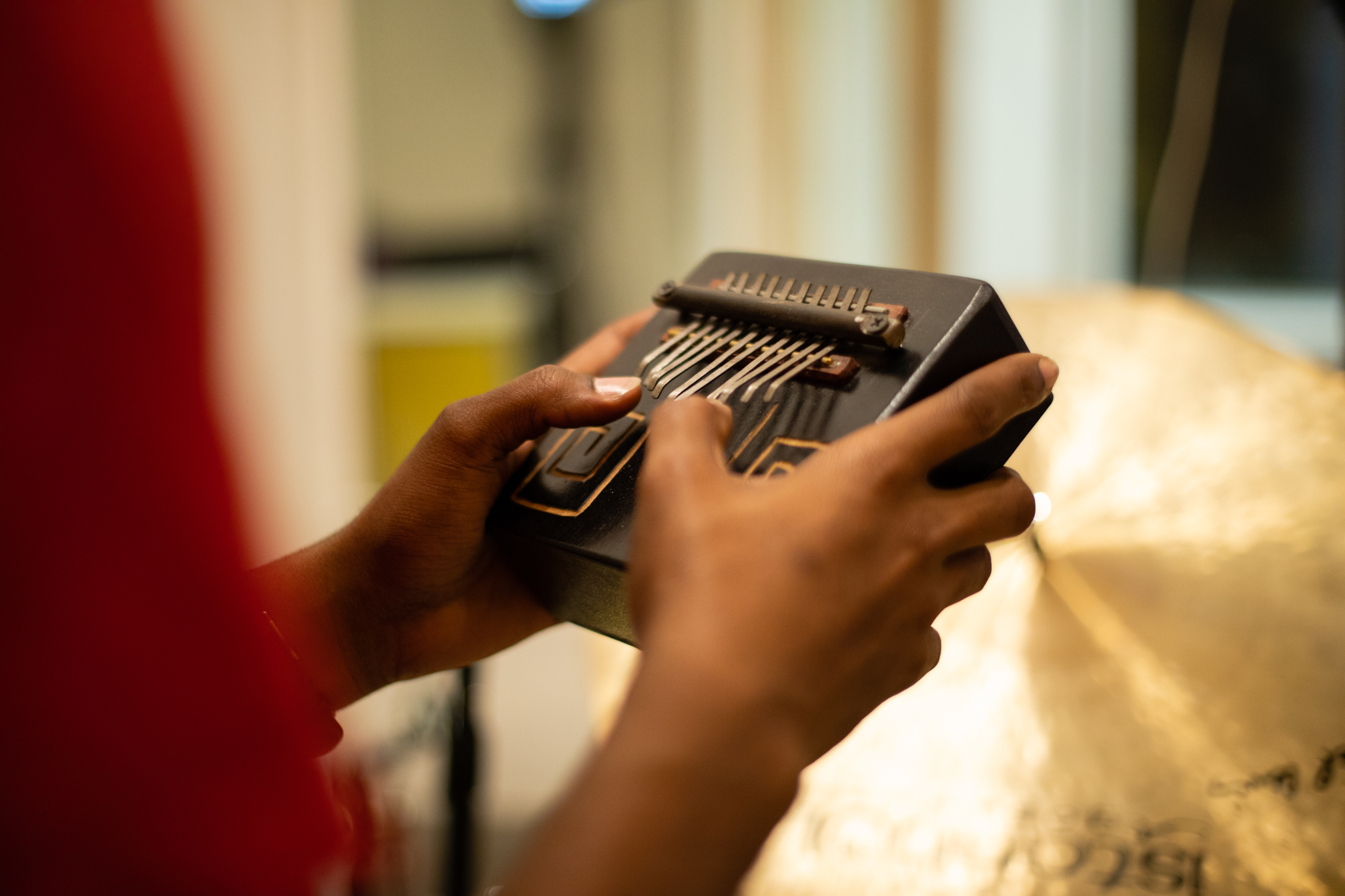
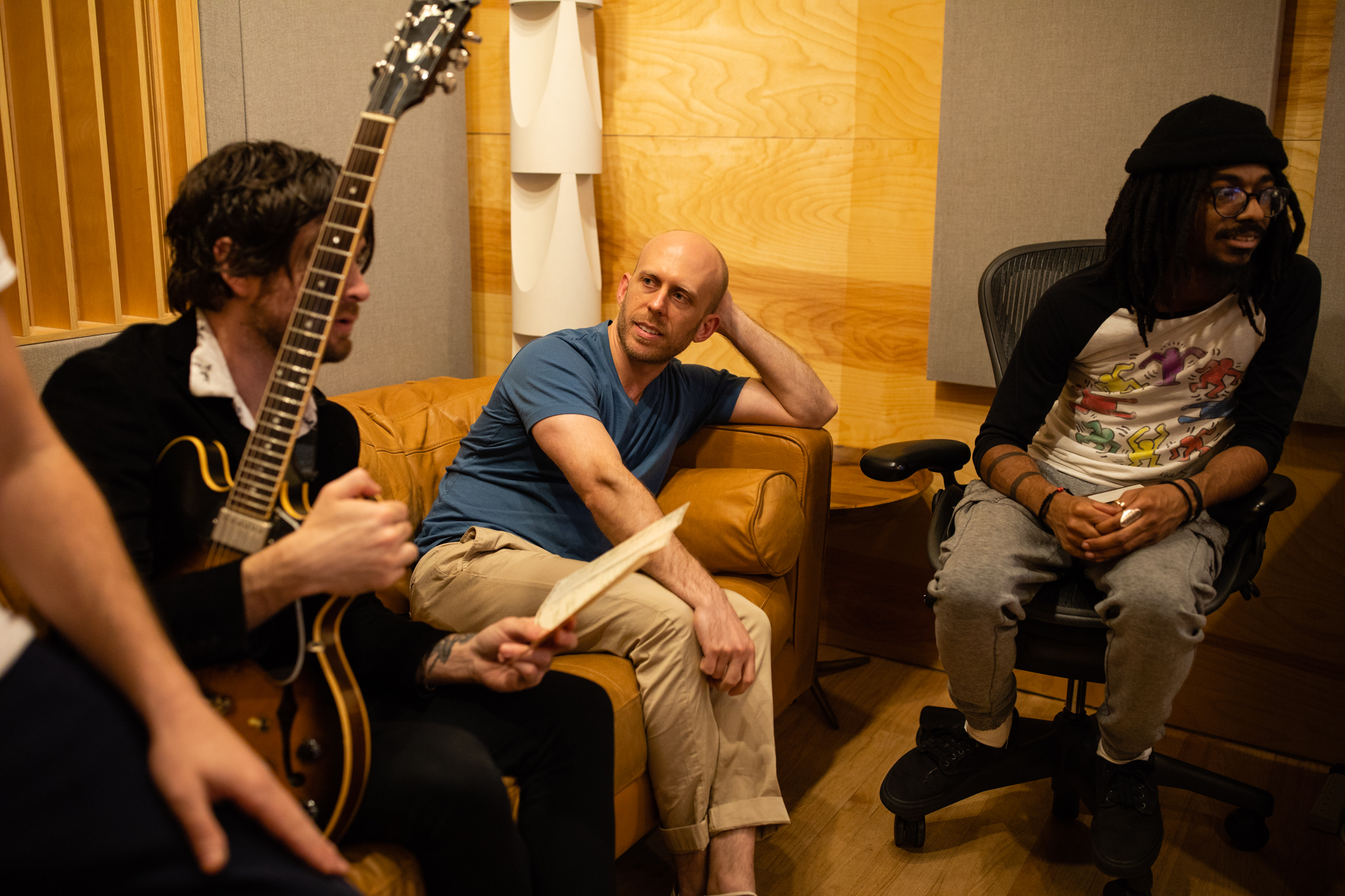
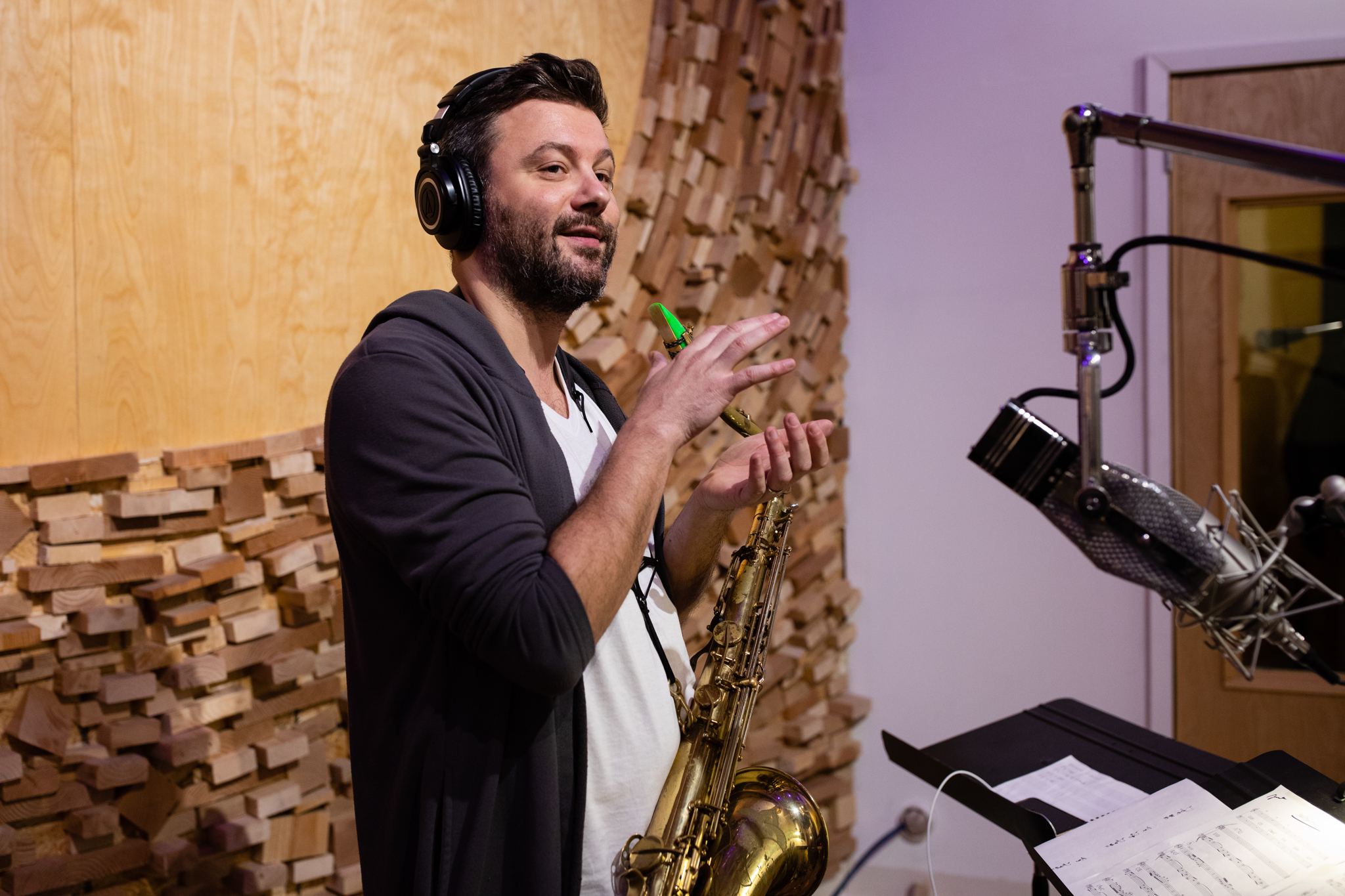
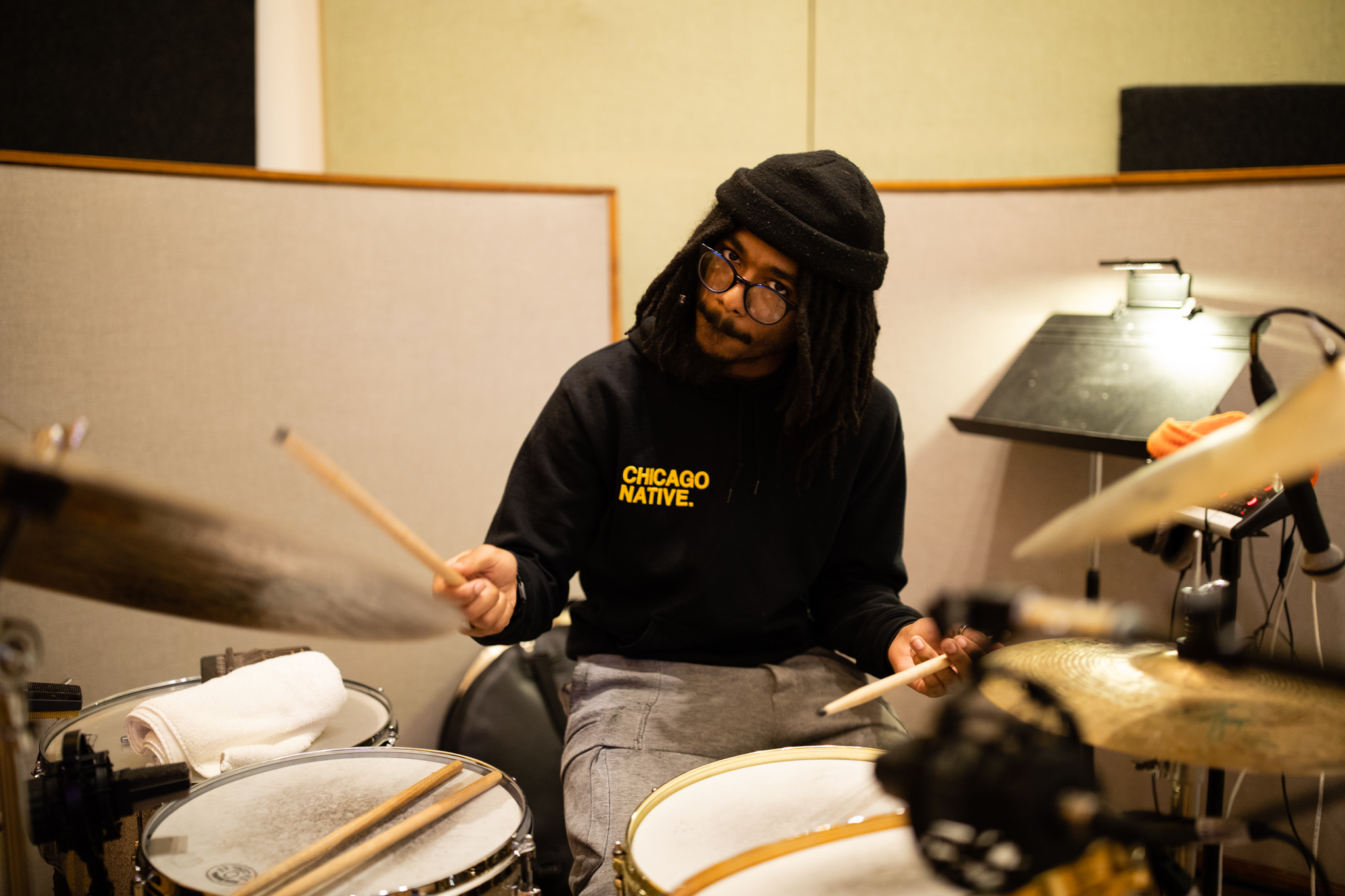
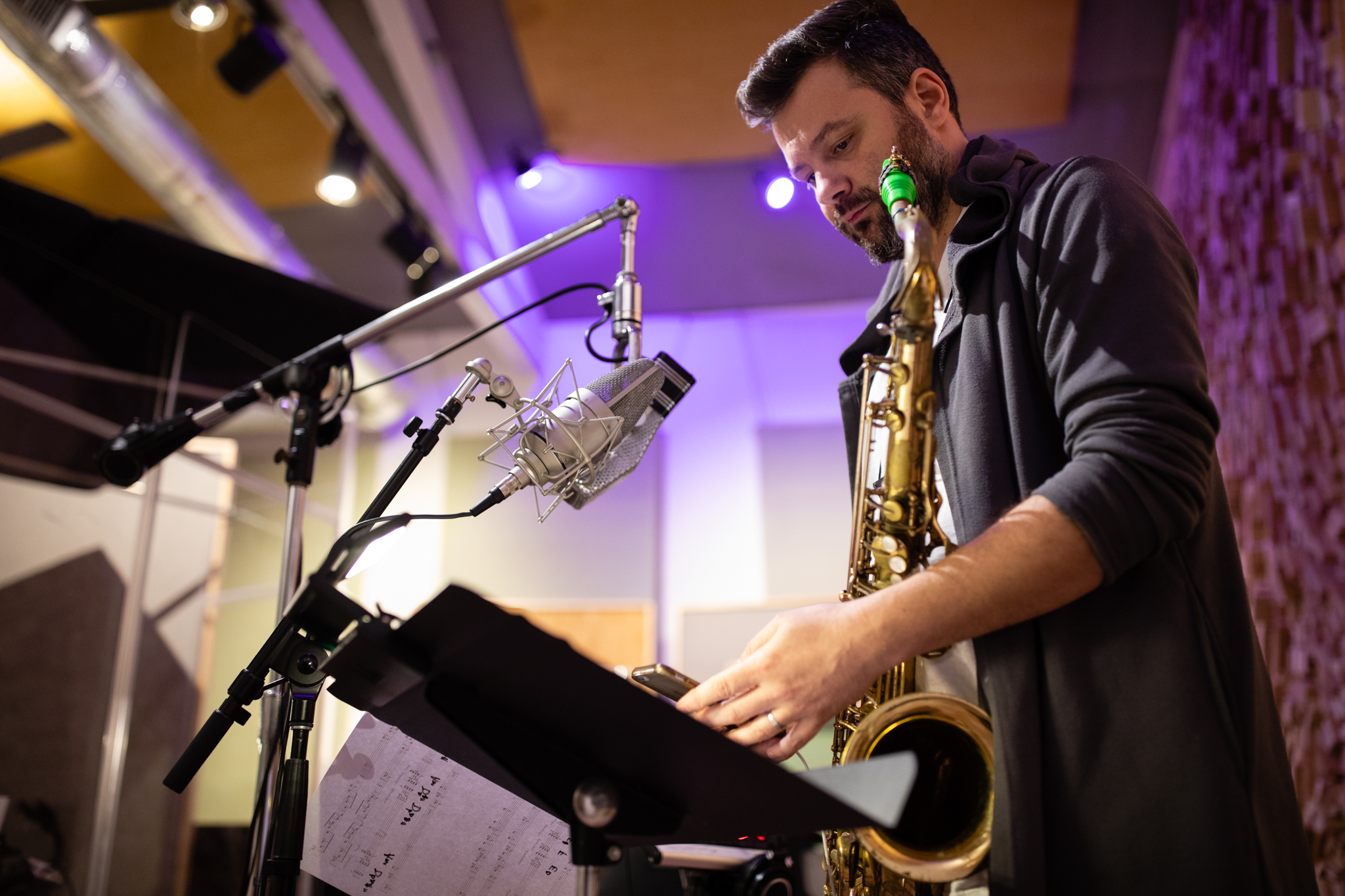
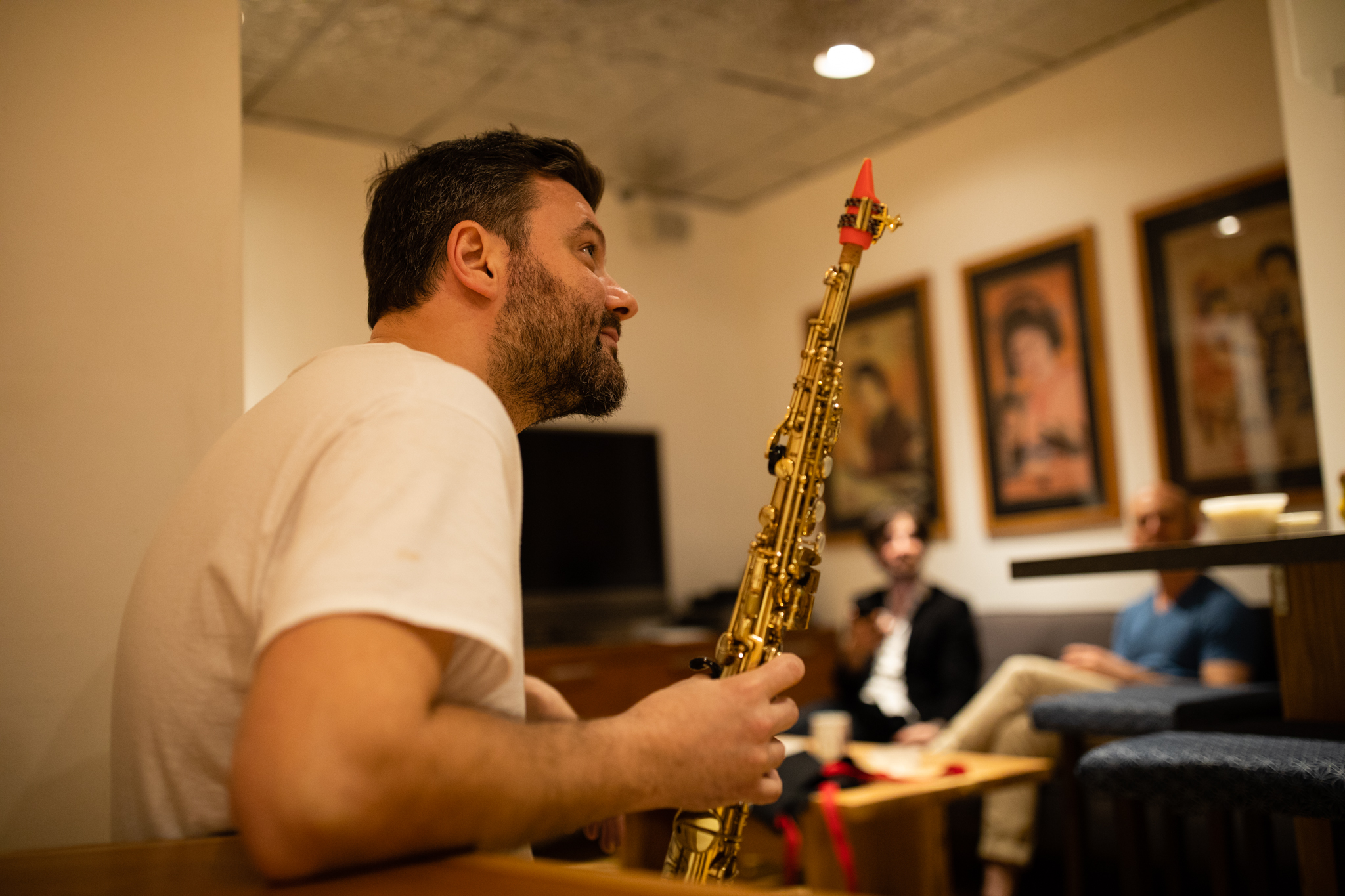

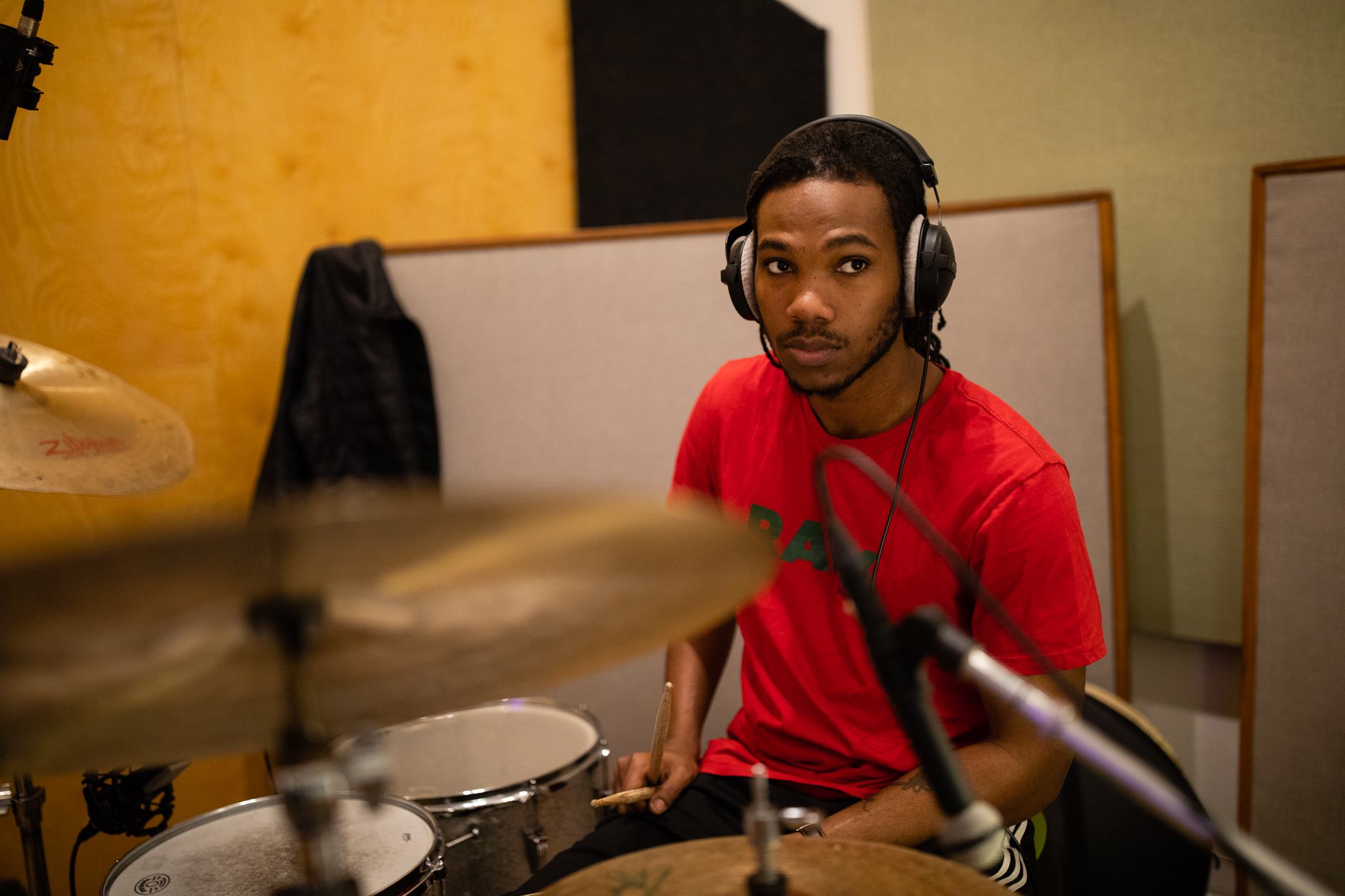
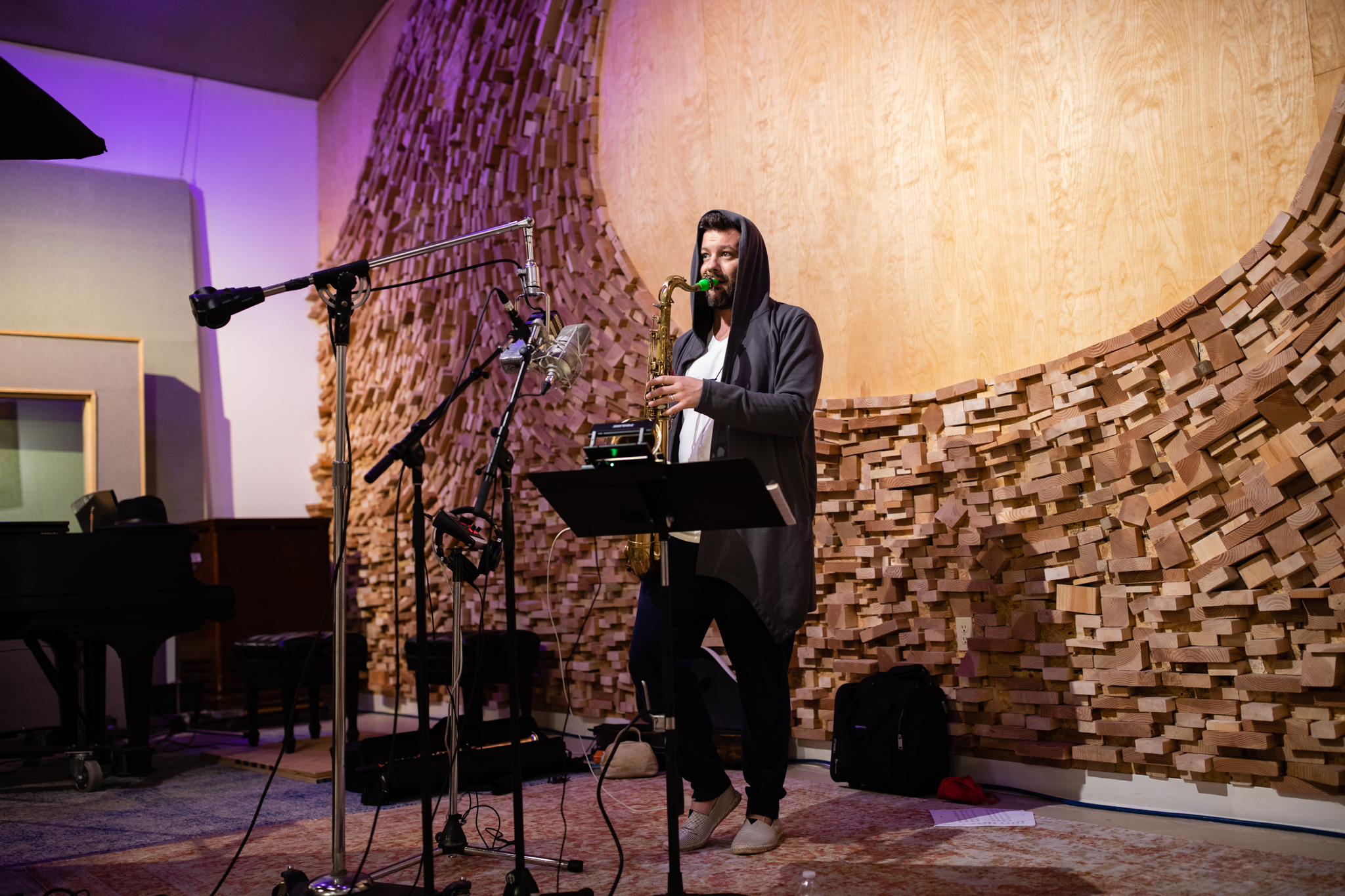
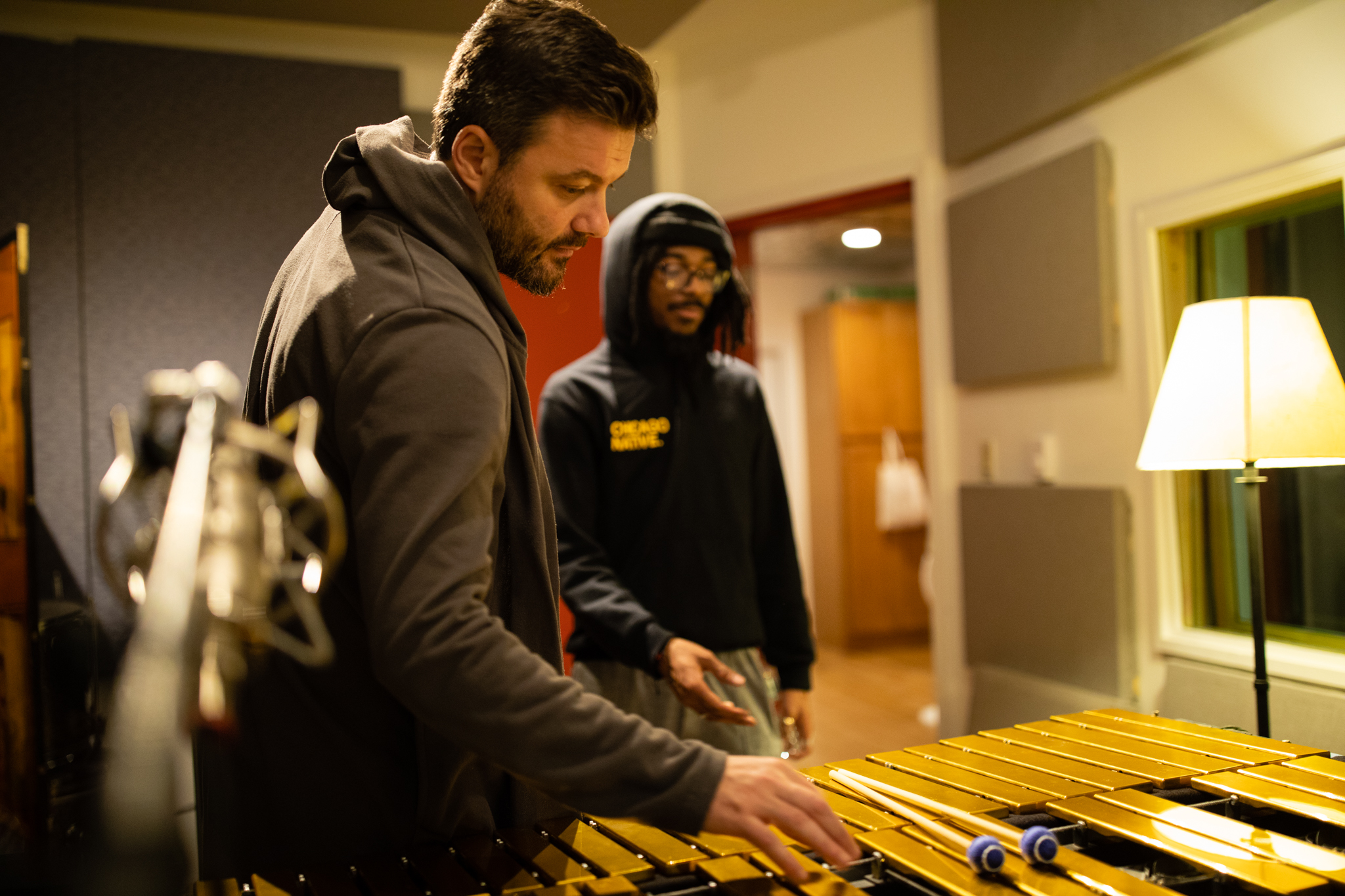
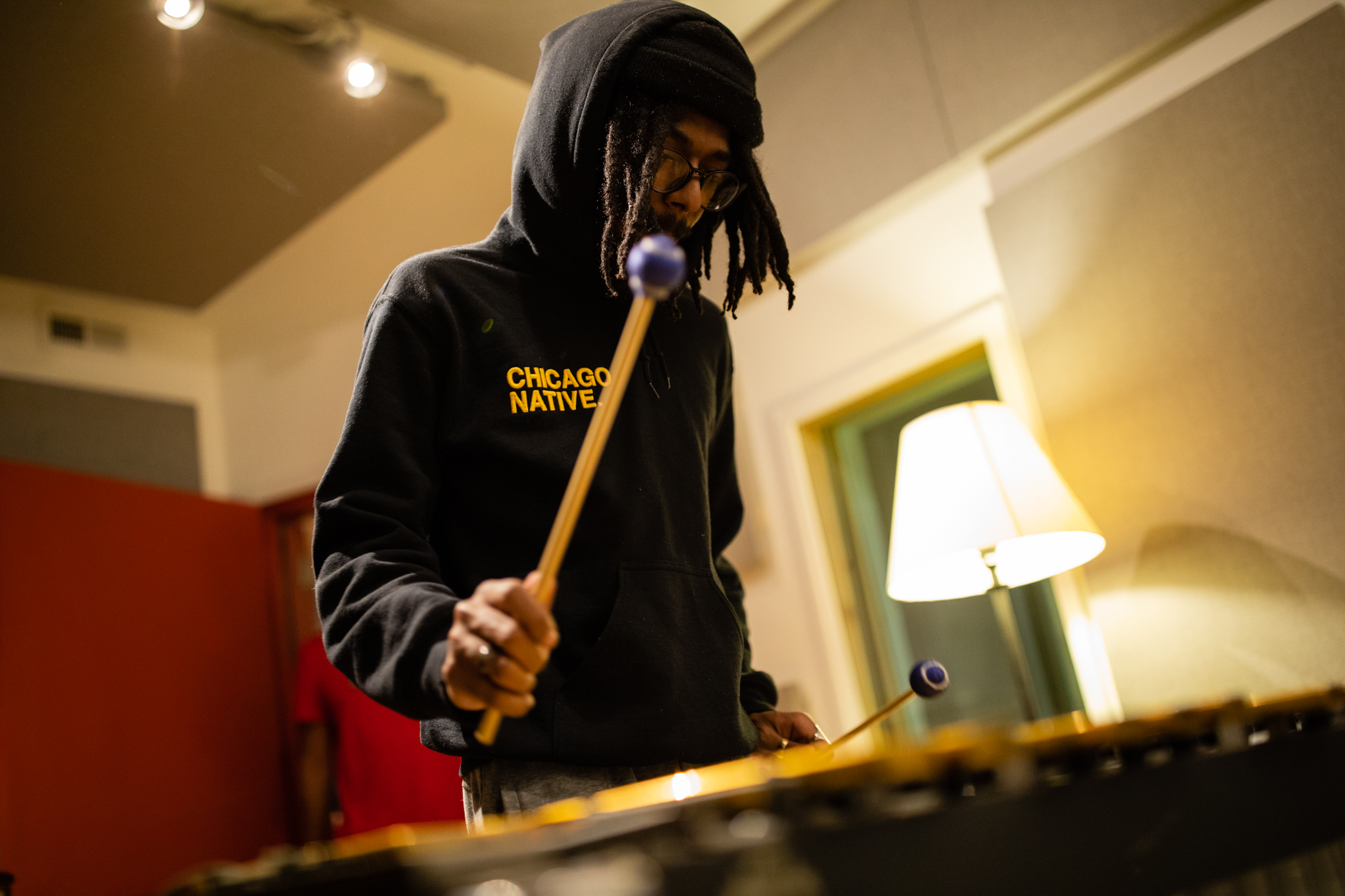
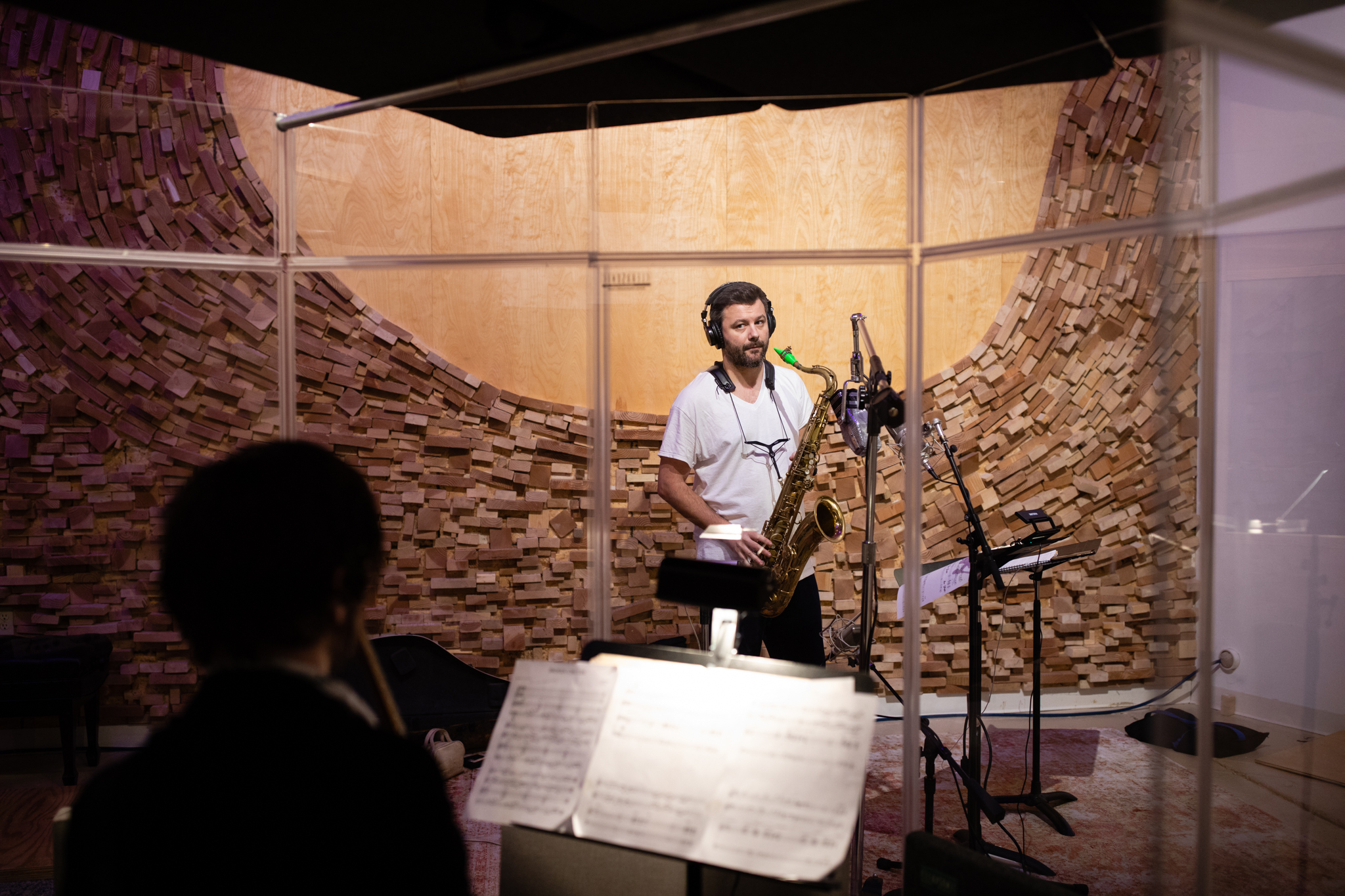
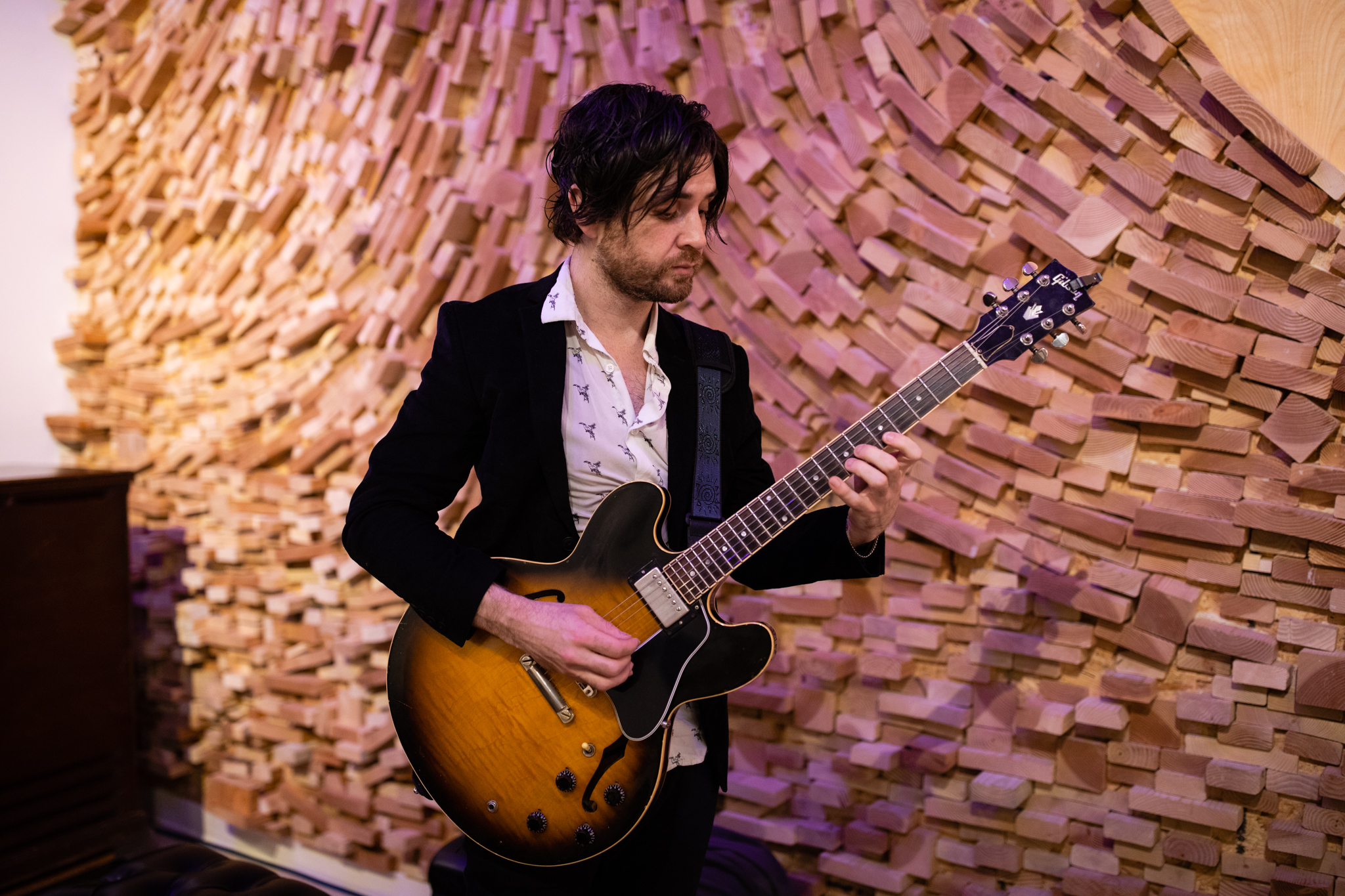
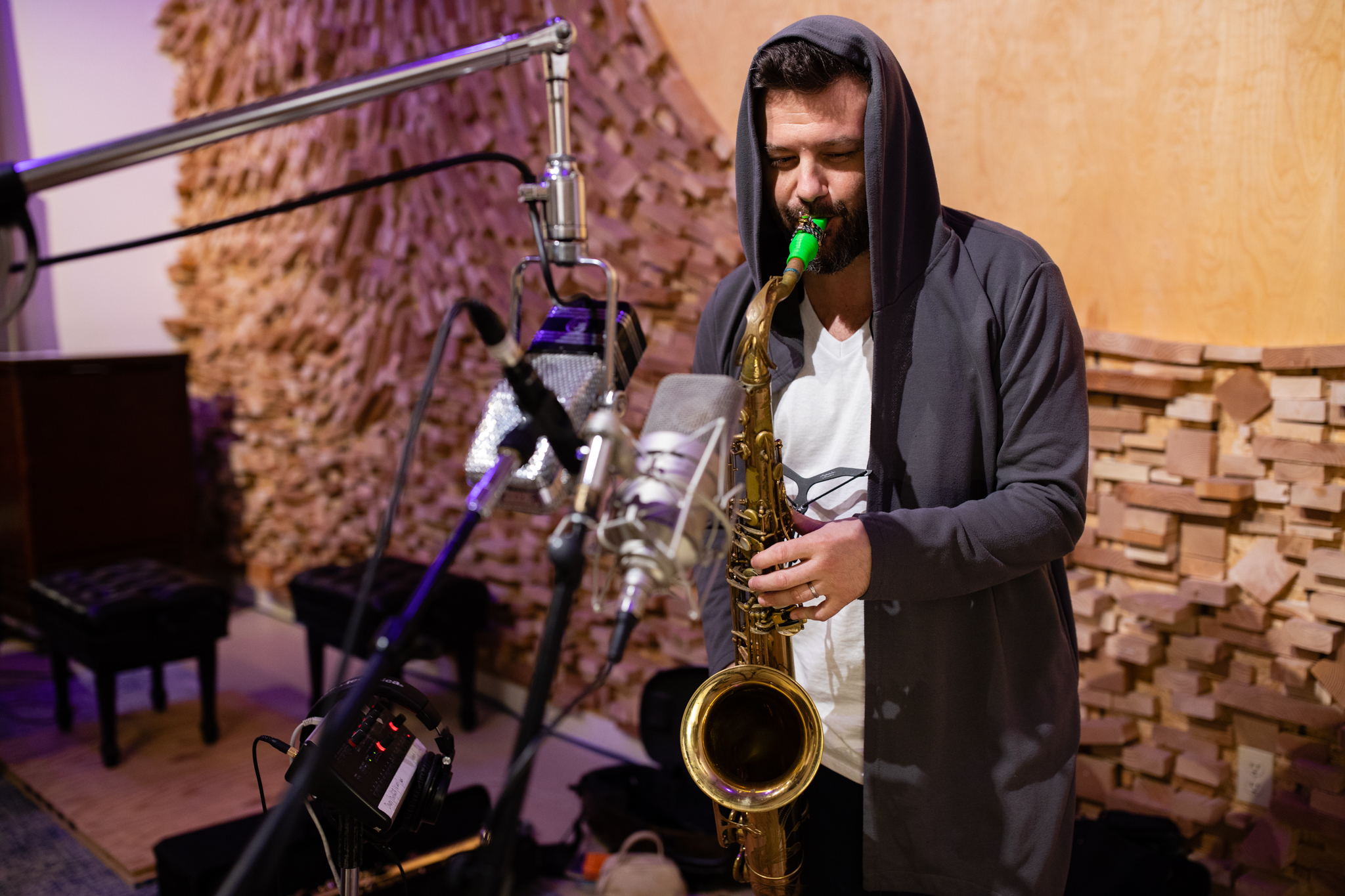
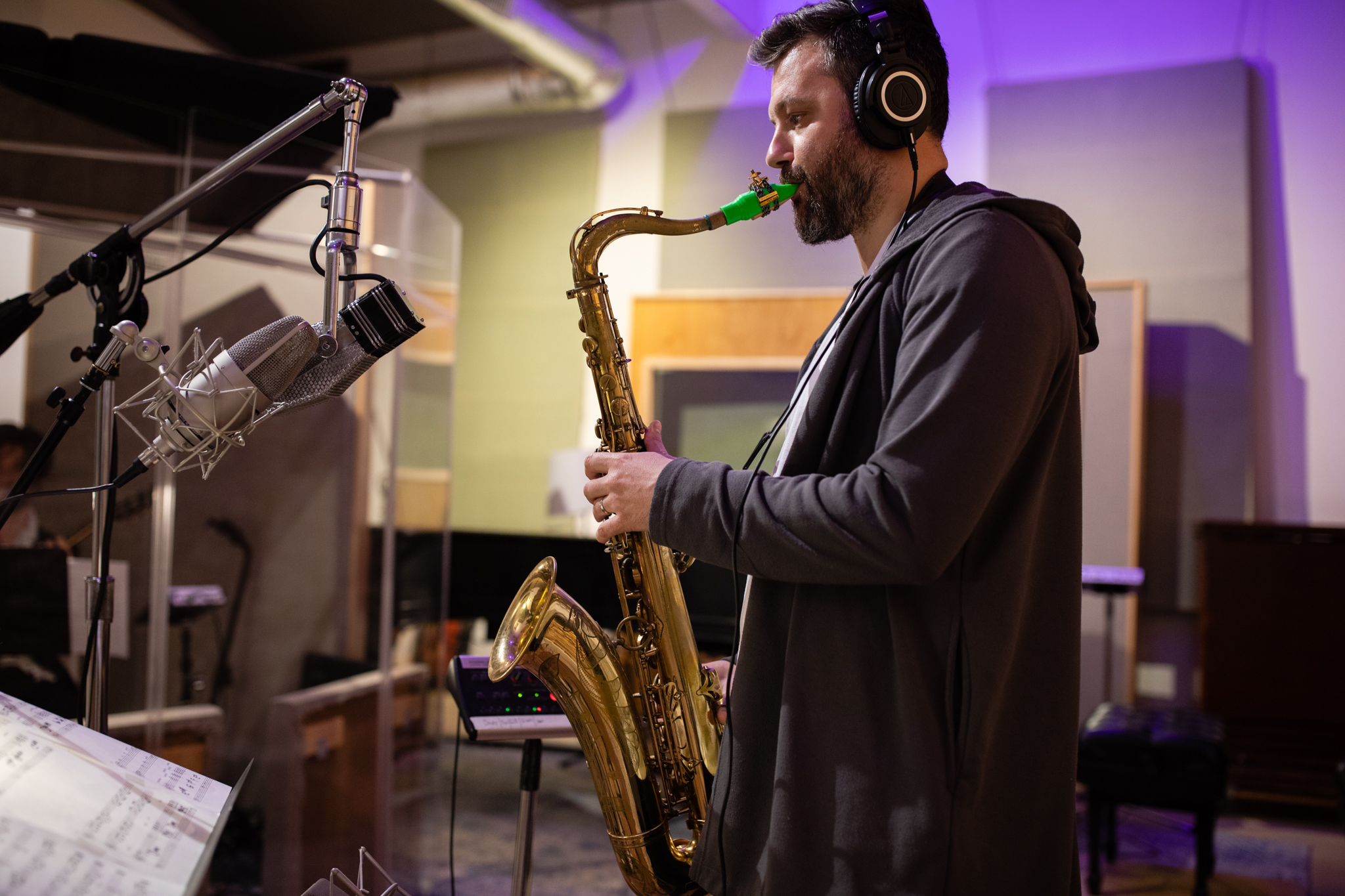

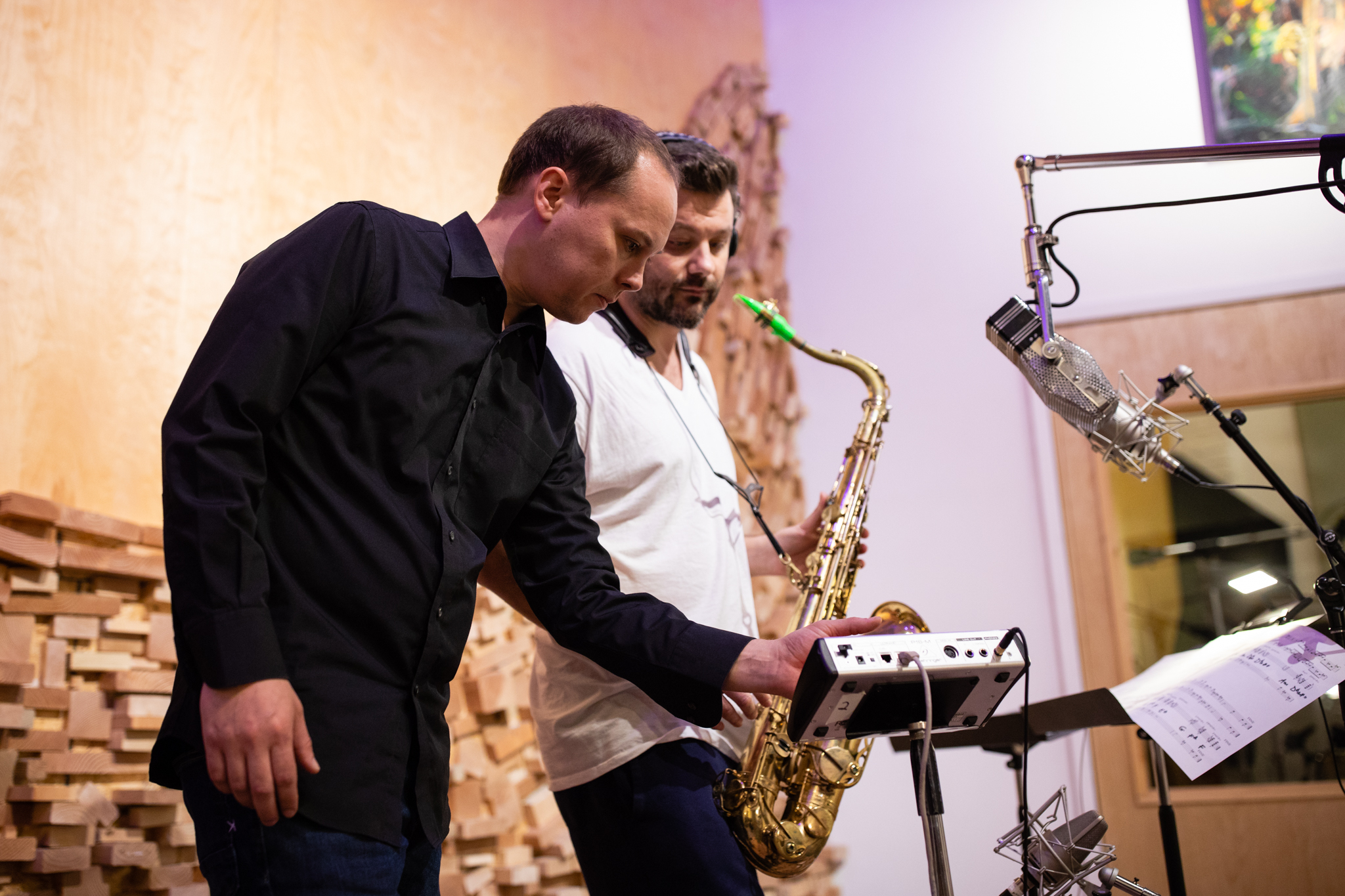
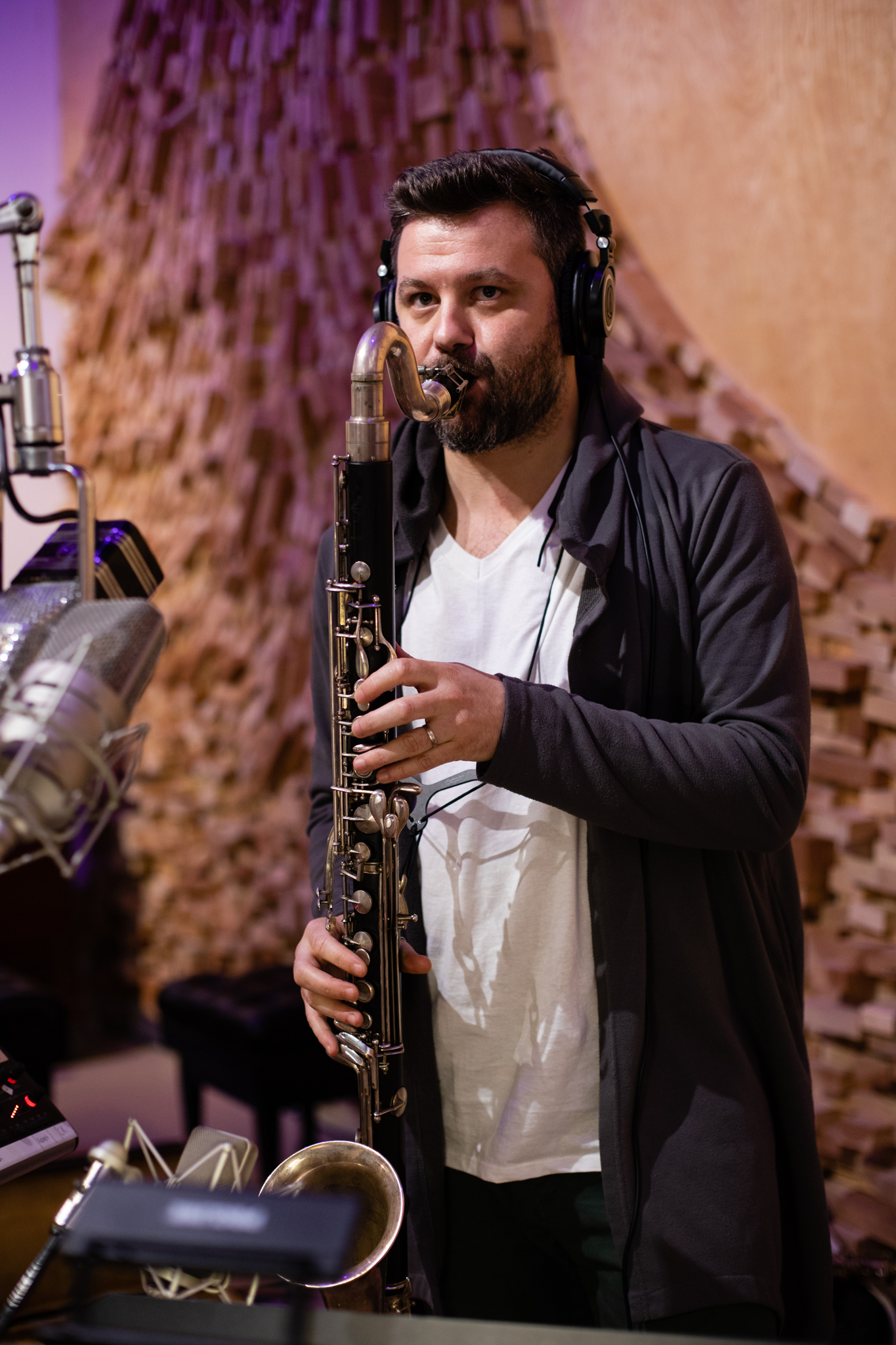
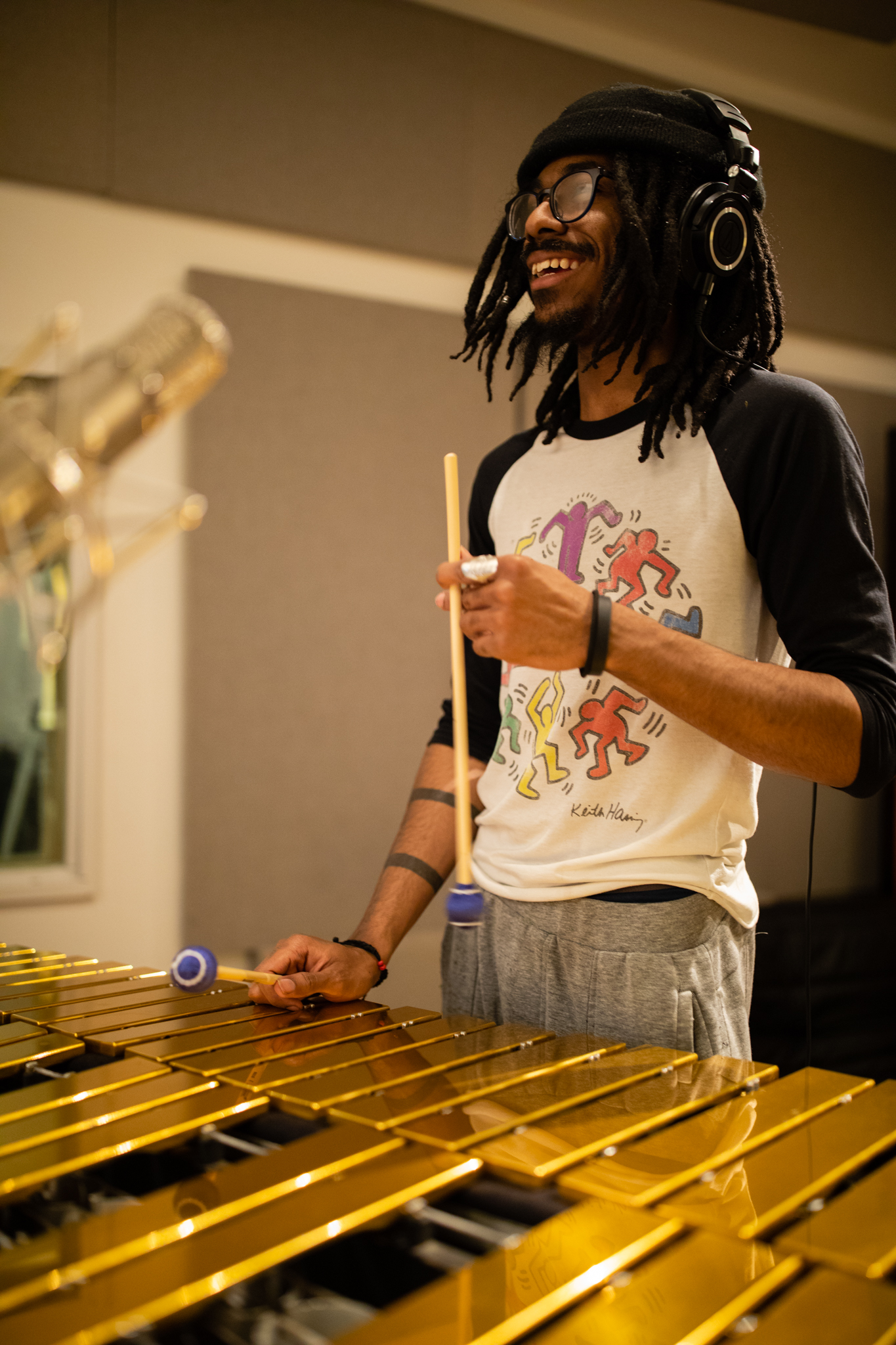
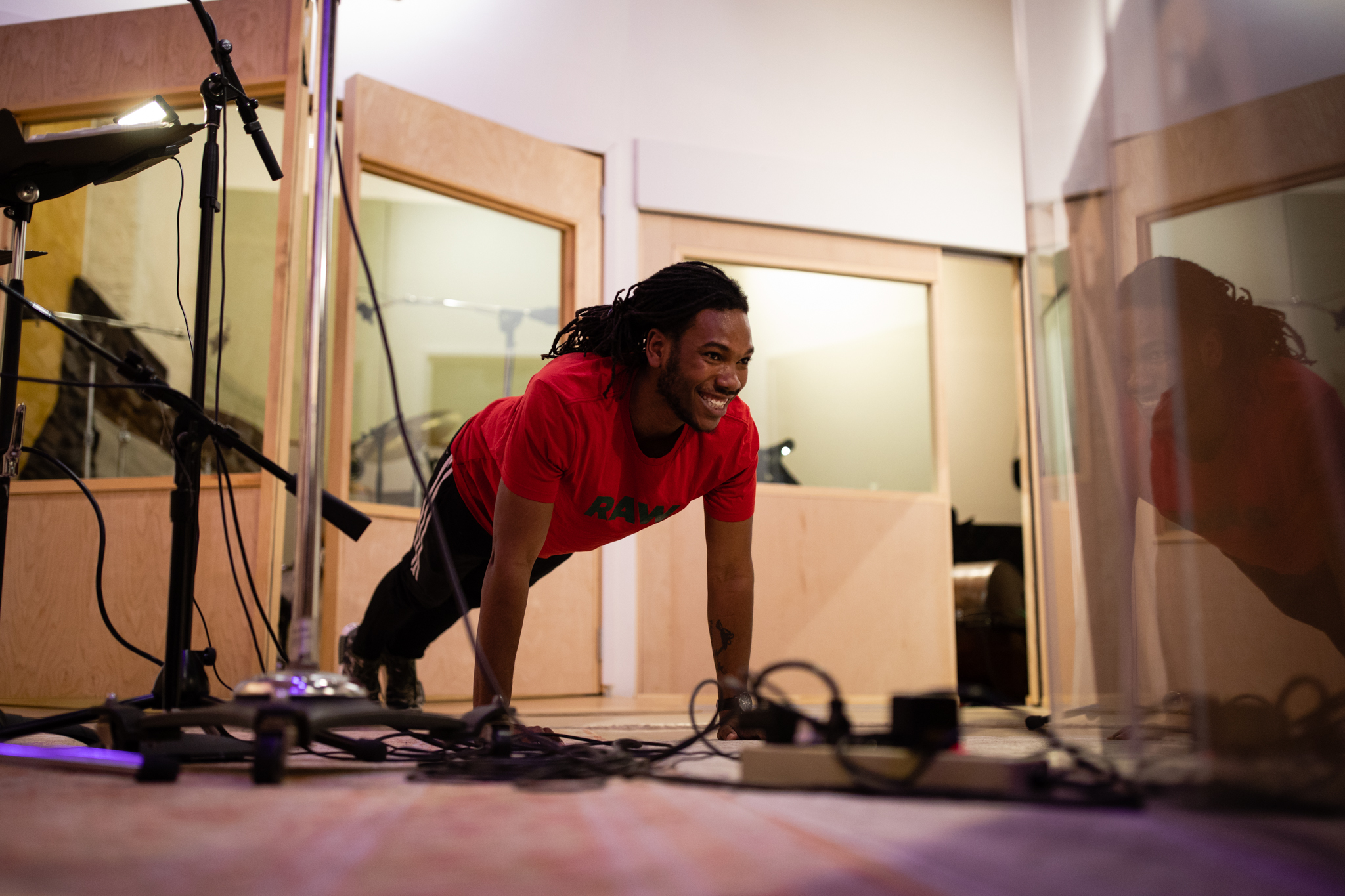

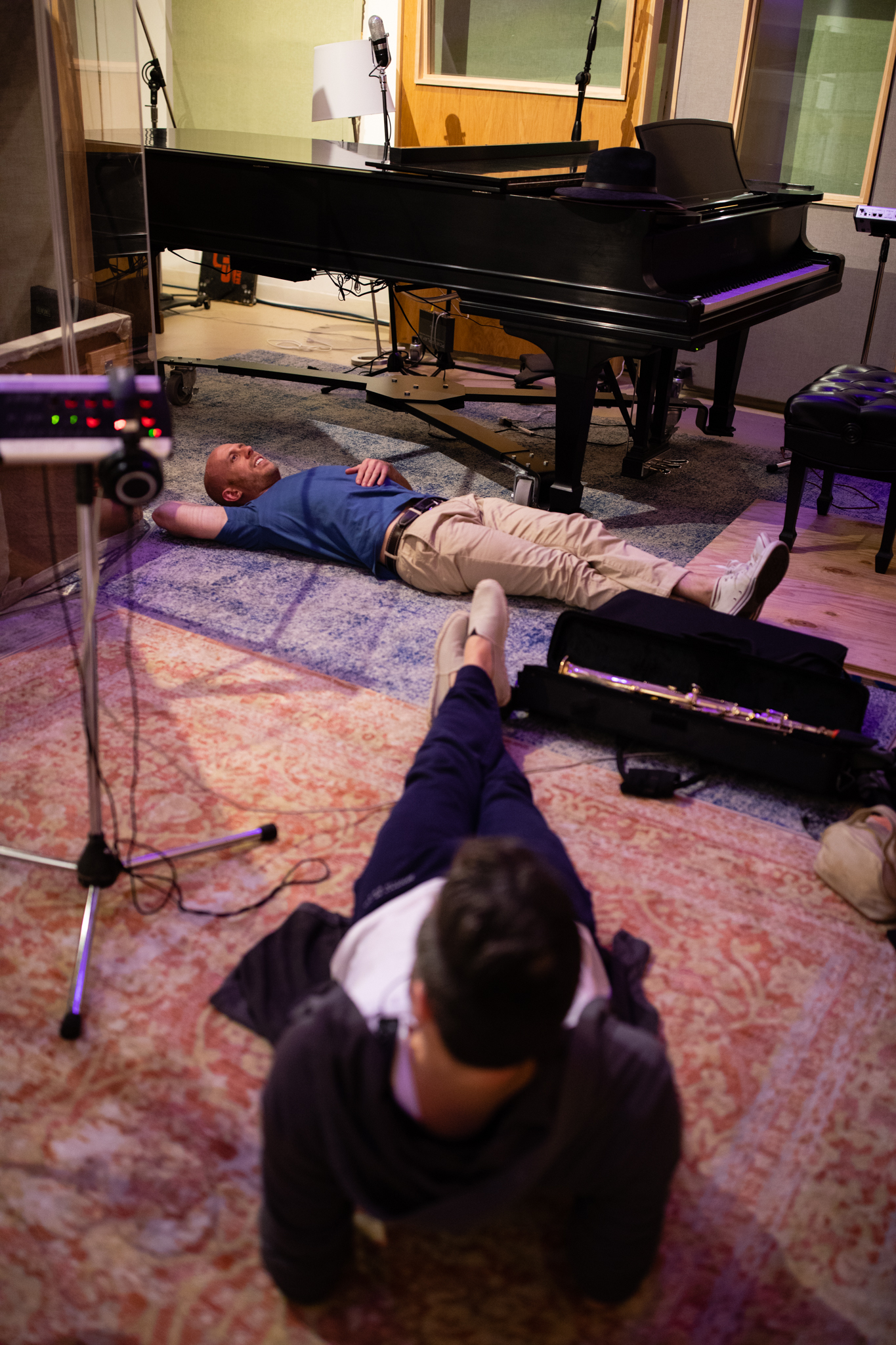
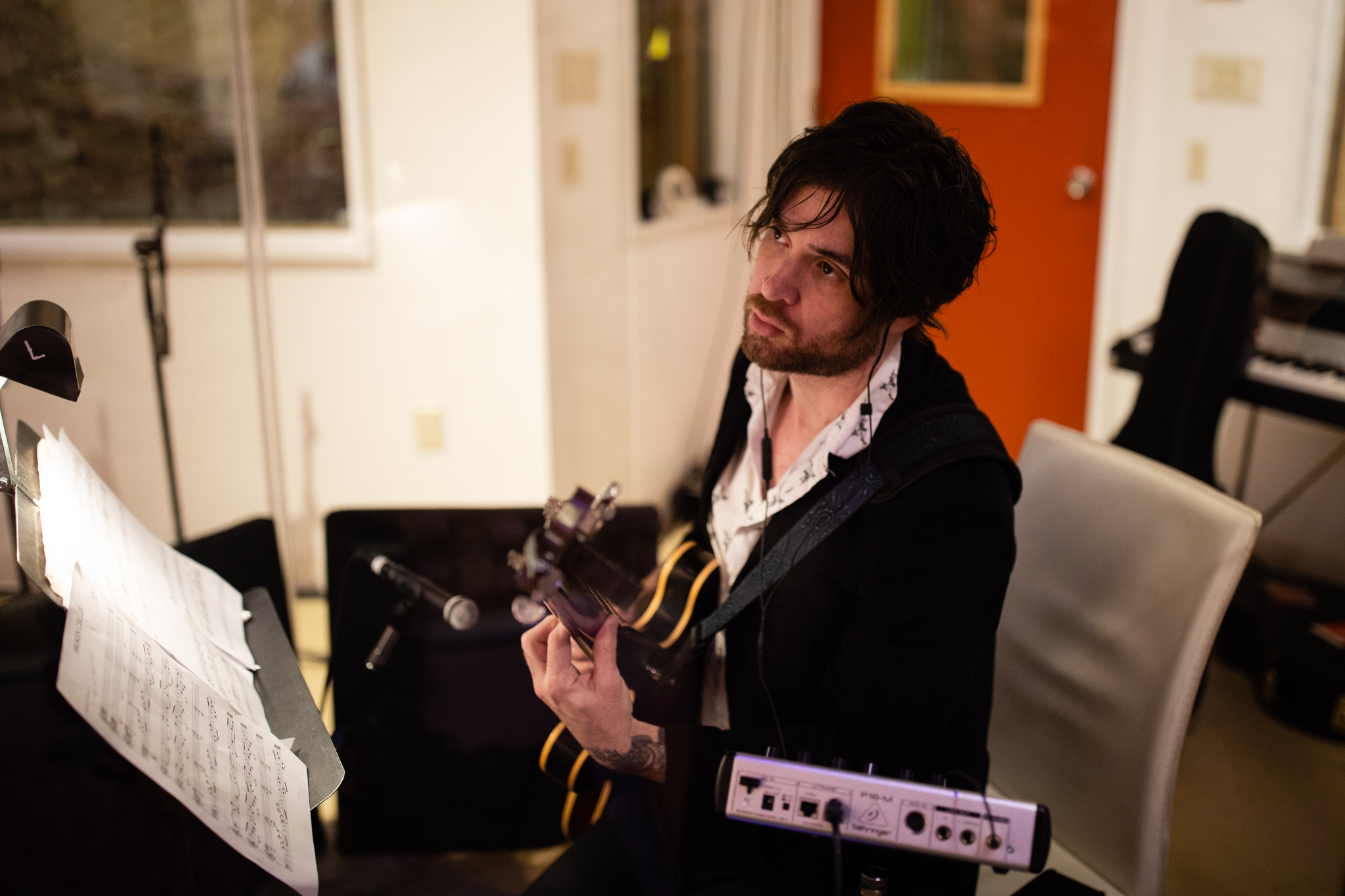
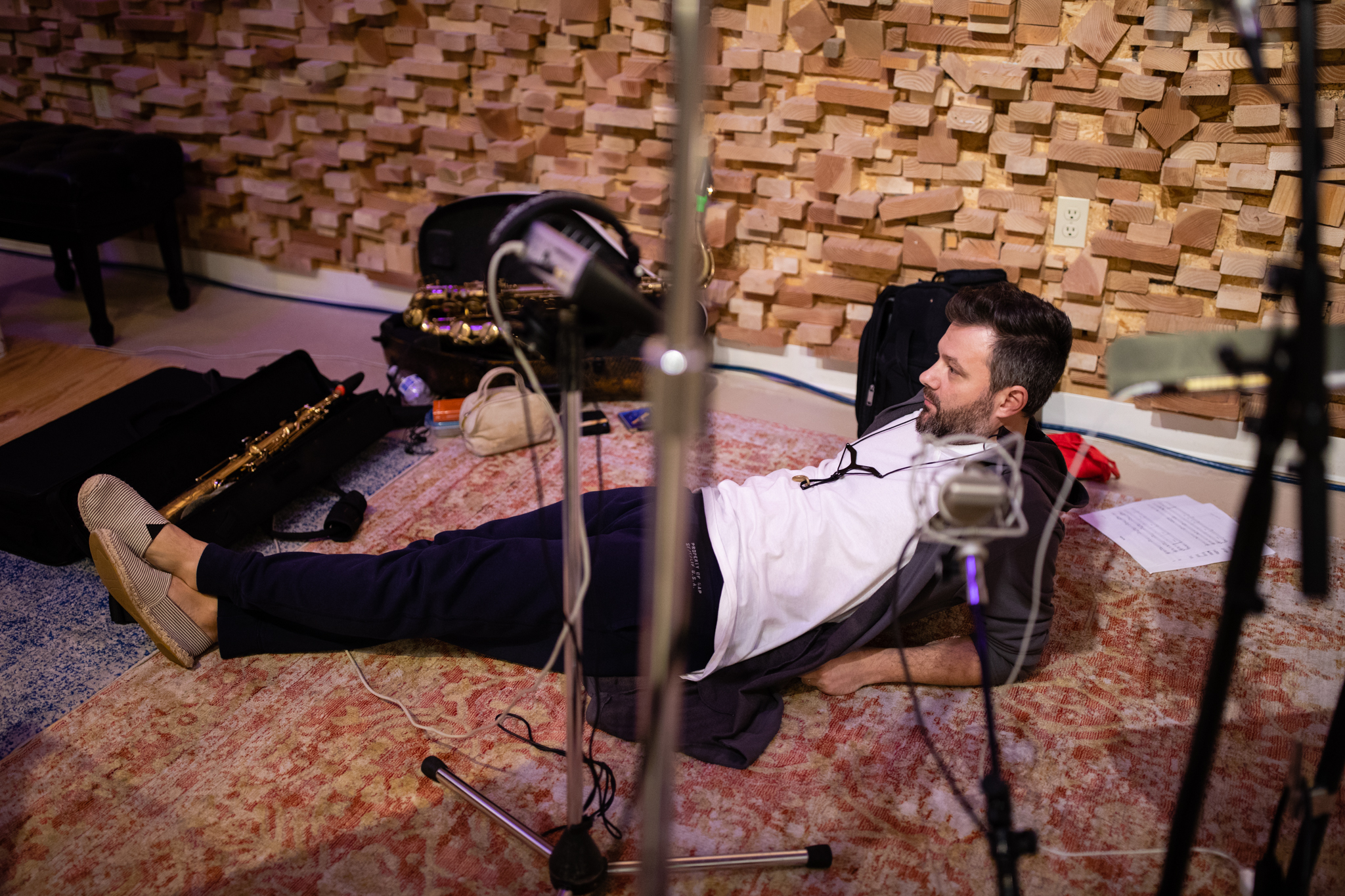
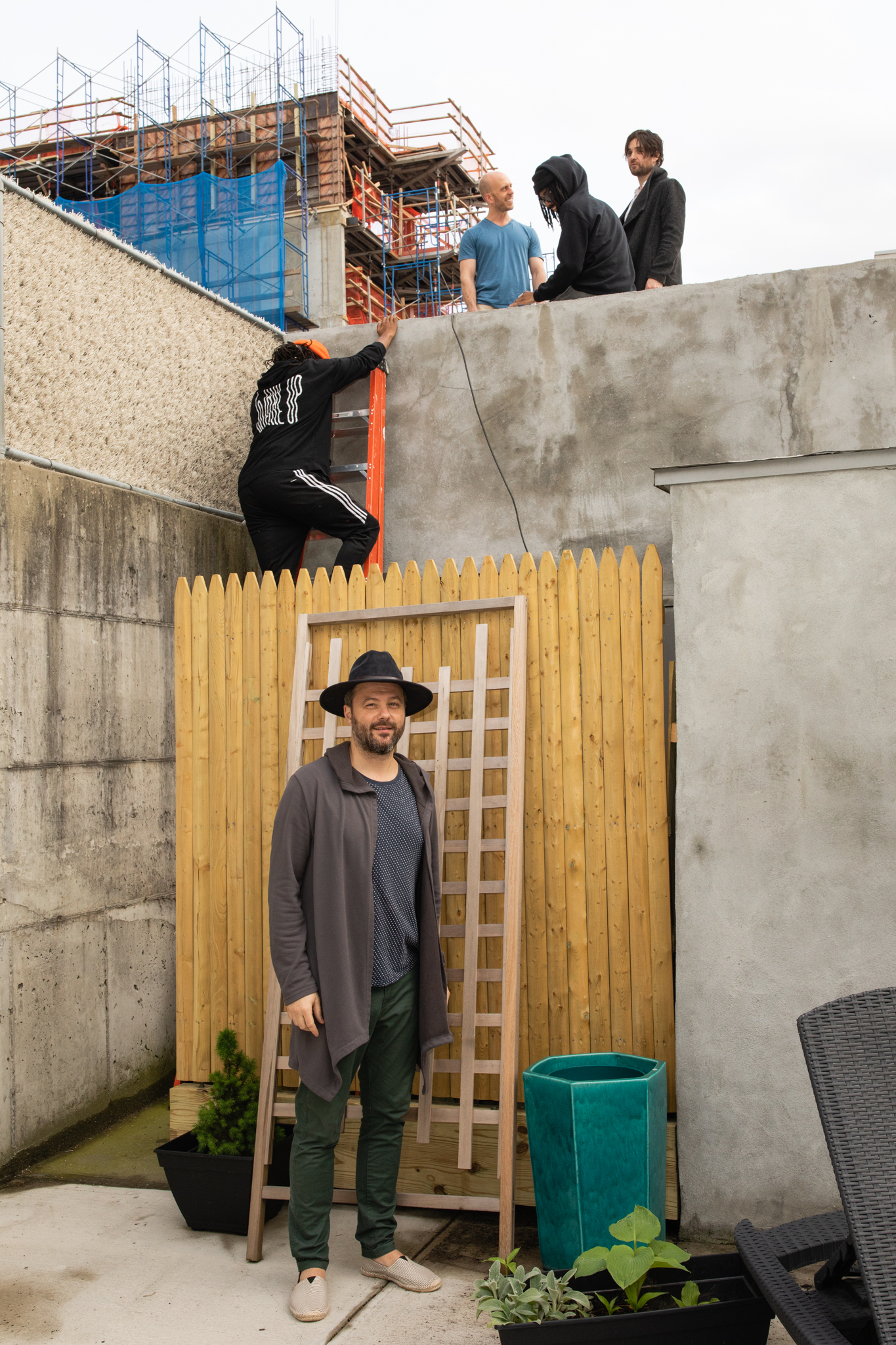
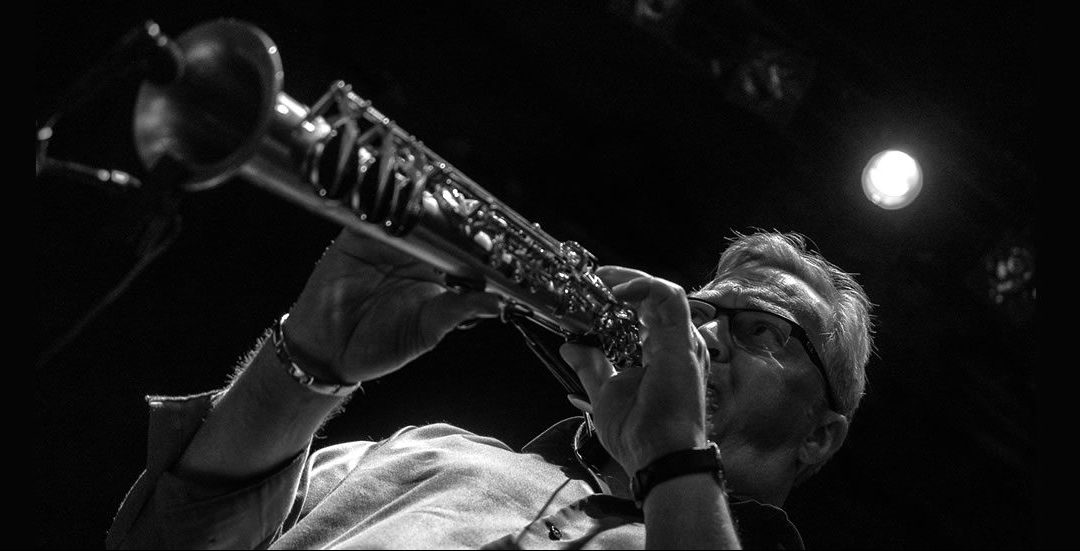
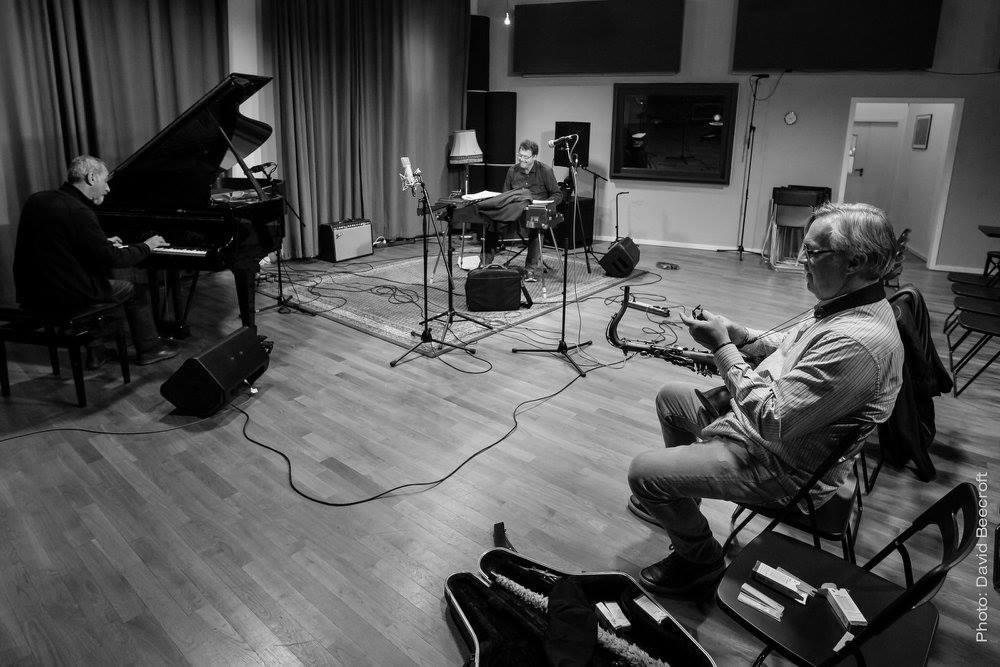
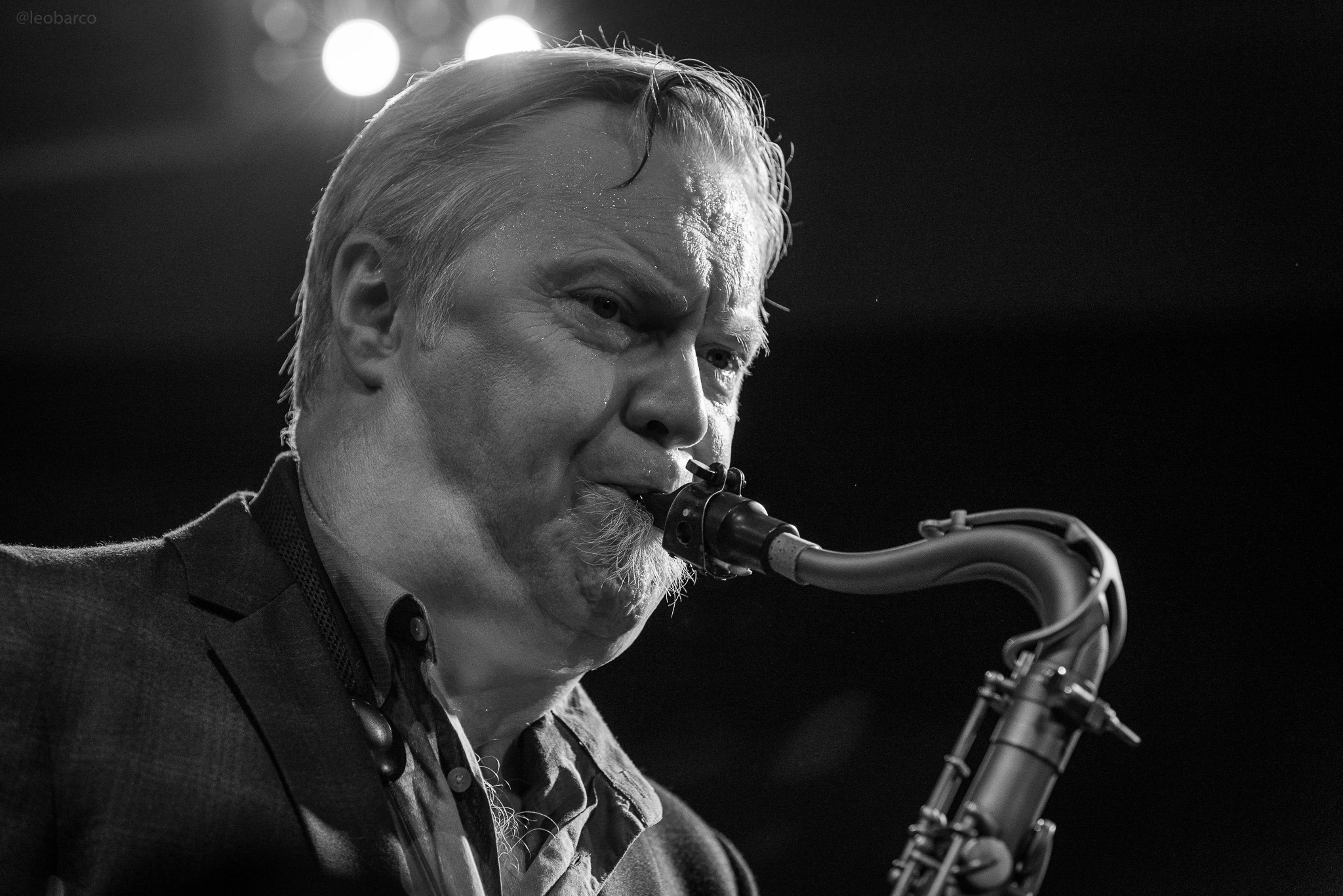
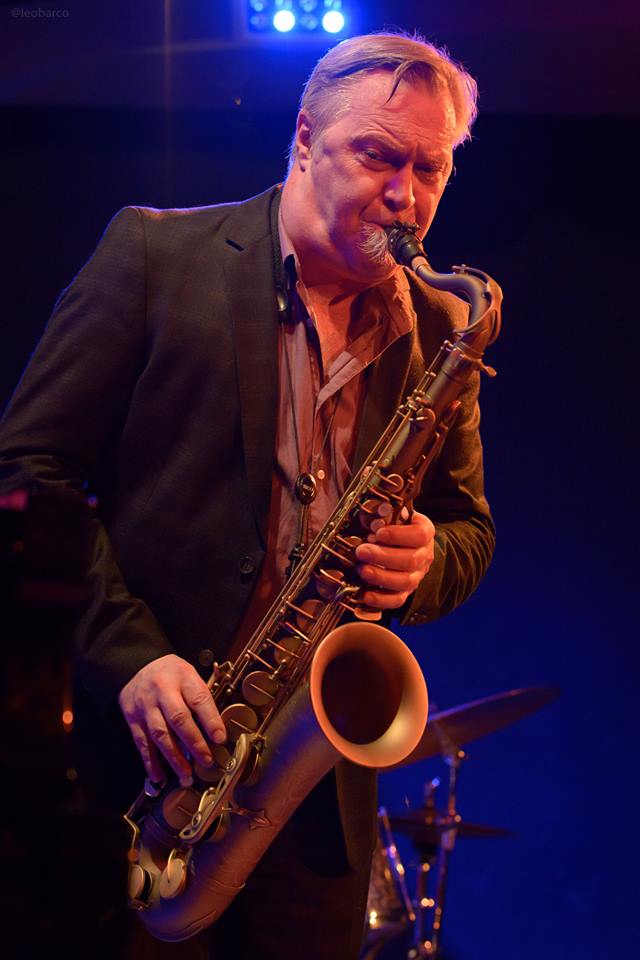
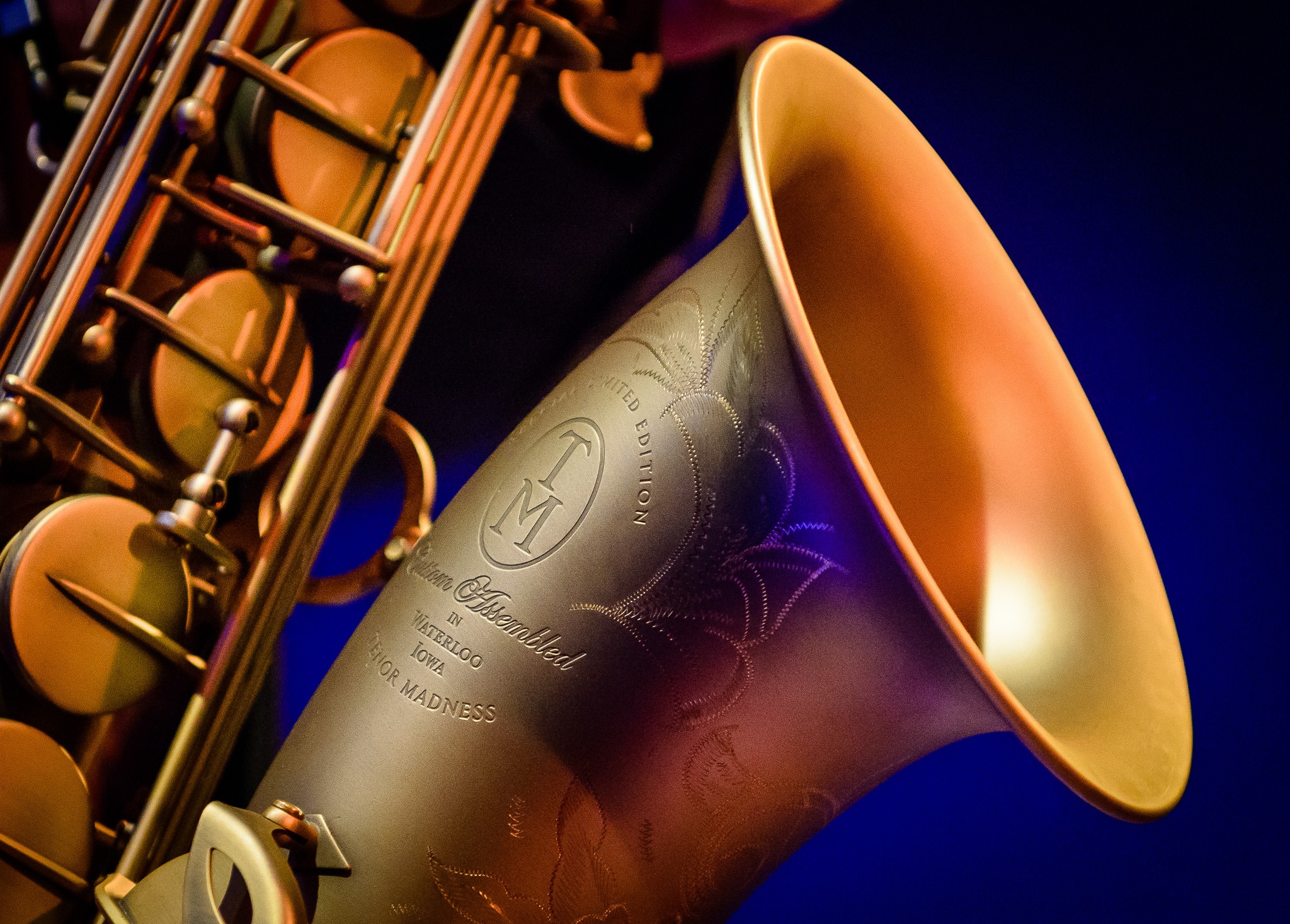
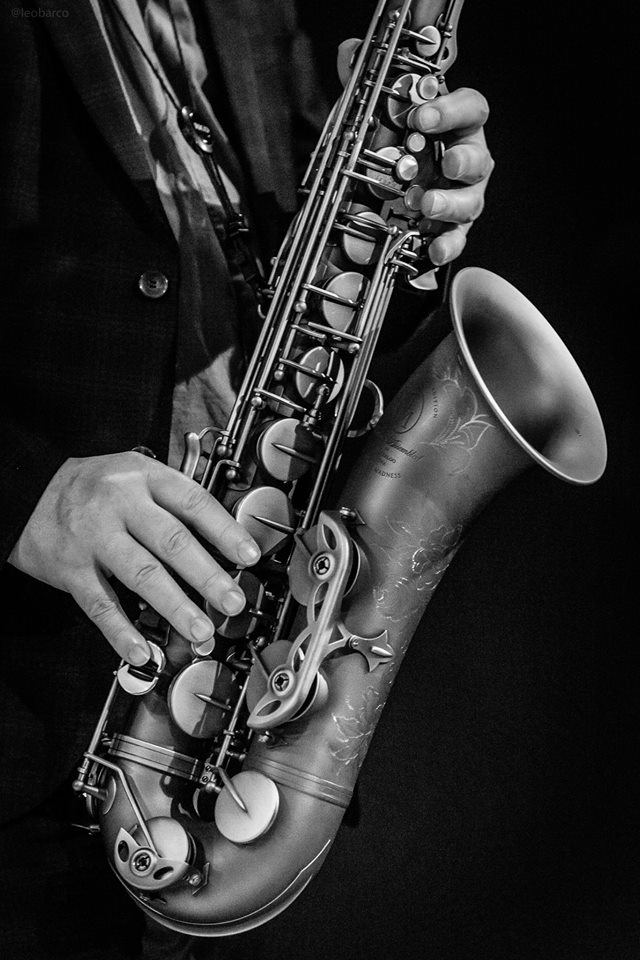
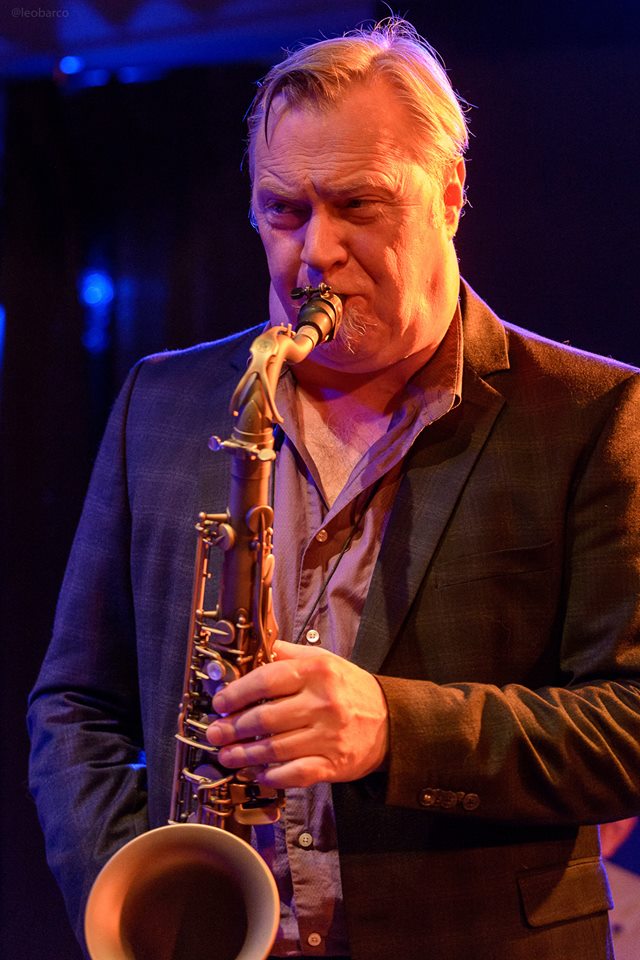

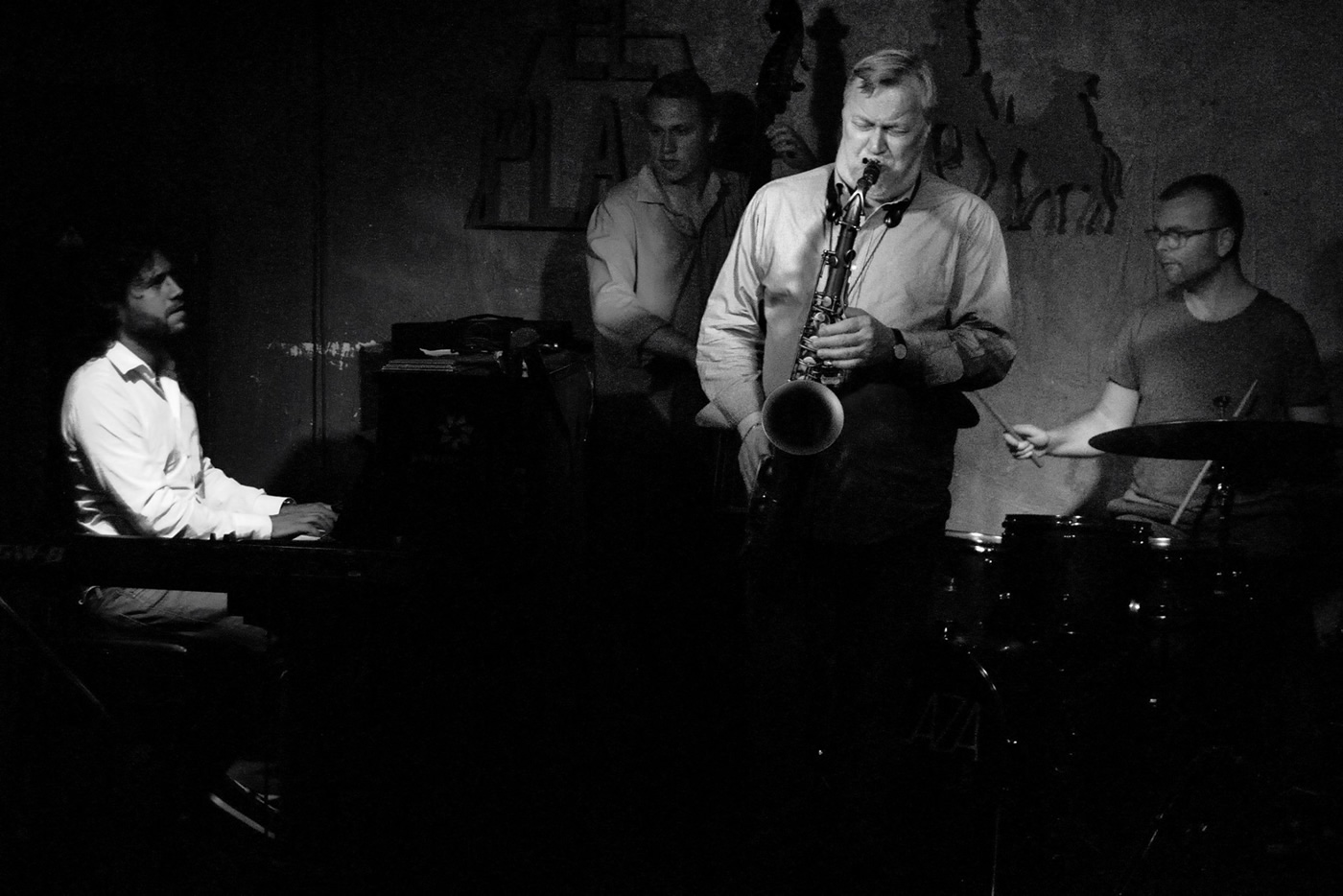
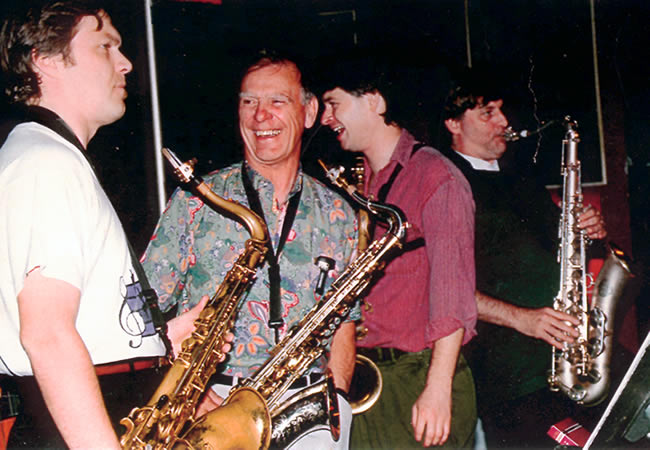


Comentarios recientes